In this post, we will take a walk on the dark side and look at the different types of demons across the world.
As a horror author, this is a post that speaks to my heart. Myths and legends abound. They fill every single culture on this planet and are a rich source of inspiration and creativity. From your western angels and demons to the many different demonic creatures in the far east, the true list of the different types of demons would be too large to capture in a single list.
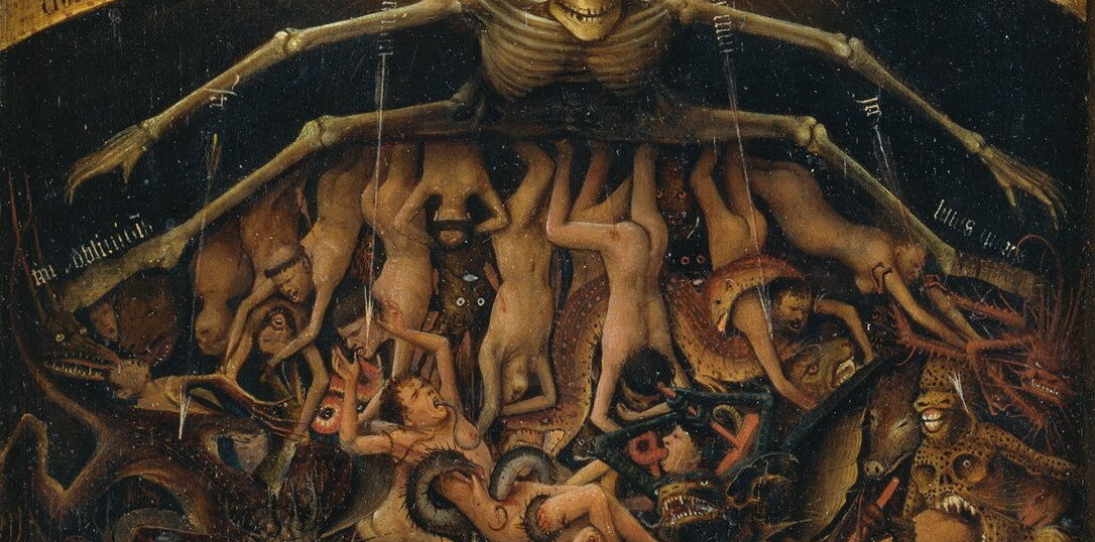
However, before you roll your eyes and click away, we’re not creating an encyclopedia here. No, in this article, we are going to look at some of the biggest, baddest, weirdest, and scariest types of demons from different parts of the world.
Abandon hope all ye who enter here!
Disclaimer: No offense is meant with this post, and any language that is used with it is for effect or comedic relief.
Are you ready to call out the Devil? Then, grab your crucifix, and brush up on your Latin because we are stepping out of the light and heading into the deepest darkest theological waters.
Everybody say it with me now …
Exorcizamus te, omnis immundus spiritus, omnis satanica potestas, omnis incursio infernalis adversarii, omnis legio, omnis congregatio et secta diabolica.
While I doubt we will actually need it but I guess you’re better safe than sorry. So before we start (Beetlejuice…), let’s first consider (Beetlejuice…) what exactly is (…Beetlejuice!) a demon (Oh crap, what have I done?).
Table of Contents
What Does it Take to Be a Demon?
What makes a demon a demon? The true definition is an evil spirit or devil, especially one thought to possess a person or act as a tormentor in Hell. However, that is a little bit generalistic. Sure, a demon is something evil, but what about beyond that? The real answer varies depending on your faith and belief levels.
In Christianity, demons are essentially fallen angels. Satan himself was, of course, once God’s favorite angel, Lucifer. His act of rebellion saw him and his denizens cast out of heaven and into the newly minted Hell. These fallen angels became what we know today as demons. It is said that around 200 angels fell with Lucifer, which goes some way to explaining how there are so many different demons throughout western, Christian-driven lore.
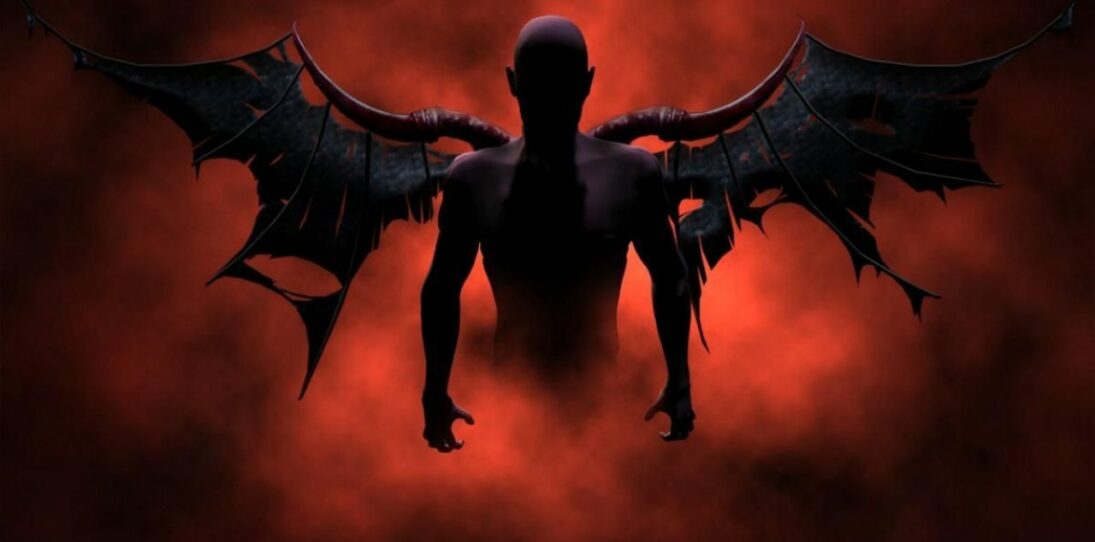
Without sounding flippant, whether these demons bred and multiplied in any way is always going to be up for debate. Still, personally, if you subscribe to the above belief, then it has to be assumed that this initial number of 200 has indeed grown over the years.
Not All Evil Beings Are Demons
There are a lot of scary things in this world. Scary things we can’t explain and a myriad of terrifying phenomena of which we have no understanding. Keeping to matters of the supernatural, demons are all evil, but not all evil things are demons. It’s a little bit like fingers and thumbs.
When thinking about supernatural entities, your primary groupings are ghosts, poltergeists, spirits, and demons. Now, there will be others, and there are certainly sub-classifications of them all. However, I think the core differences between ghosts, spirits, poltergeists, and demons are power, intent, and general savagery.
While many things on the supernatural scale will haunt, demons crank it up to 11 and possess. They can take control and assume human form, and their idea of a good time goes beyond saying boo or opening a few cupboard doors.
One common bond that is shared between all different types of demons is their desire to harm, inflict pain and revel in the suffering of others.
…
(No, not all ex-wives are demons.)
Types of Demons in Christianity
There is no shortage of demons associated with Christianity. They lurk in even the tiniest of shadows, and if folk are to be believed, they are always ready to lead us into temptation.
It is widely decreed that demons are pure evil. They are creatures born of sin, with nothing but malicious intent running through their veins. This does go some way to discredit the fallen angel theory, but we won’t go down that rabbit hole right now. Christianity is a religion filled with many demonic figures, and there are many conflicting classifications. There does appear to be a clear demon hierarchy, but we will save that for later. For now, we will take a look at one of the more classic demon classifications, those directly associated with the seven deadly sins.
So let’s take a look at some of the different types of demons linked to Christianity.
The Seven Demons of the Deadly Sins
It would be conceivable to say that the seven deadly sins are to demons what the ten commandments are to Christians. So it’s clear that we should view them as things to avoid doing; however, this article is about demons, right? So we need to flip our thinking on its head. Thus the seven deadly sins surely become a lifestyle philosophy that is guaranteed to hear you big points among the different demons from Hell.
Lucifer – The Demon of Pride
Out of all the demons in the world, Lucifer has the be the one everybody knows. Once God’s favorite son, Lucifer led a rebellion against his father and was cast out of heaven. He fell to Hell, becoming the first occupant, the first ruler; the undisputed king and most powerful demon (sorry, Crowley). Lucifer is, therefore, number one with a horned bullet when thinking about the demon hierarchy.
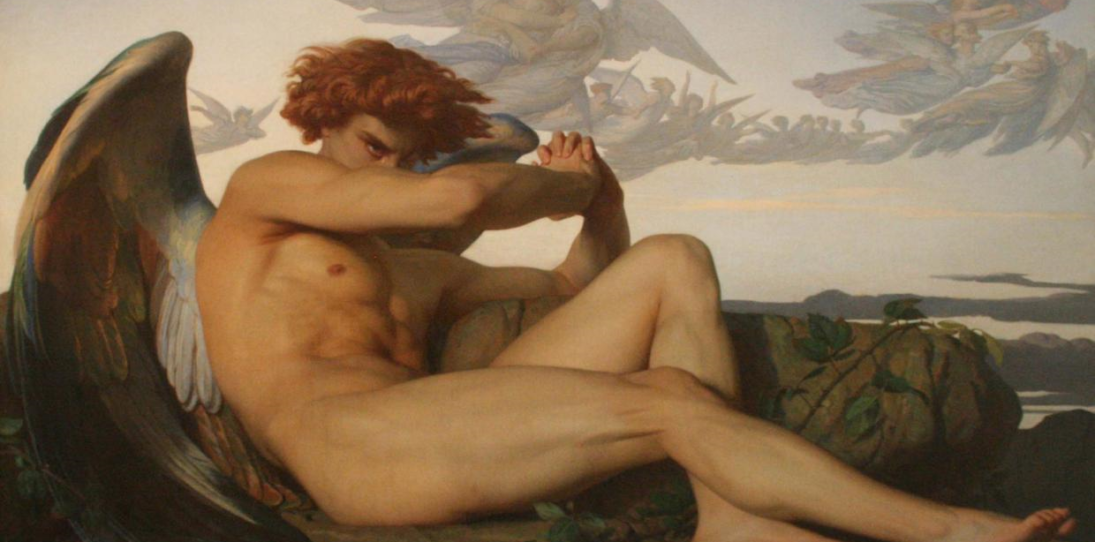
Interestingly enough, the name Lucifer is only indirectly associated with the fallen angel because the name is only used twice in the bible.
Lucifer is classed as the demon of pride because it was precisely that which led him to lead the heavenly rebellion. His pride was what fuelled his desire to be the biggest and the best, and that same pride led to his downfall.
The classic look for Lucifer is that of a winged human-like entity with horns growing from his head. The size, shape, and color are open for poetic interpretation, as is the addition of a pitchfork.
Beelzebub – The Demon of Gluttony
Beelzebub is another widely recognized name in the world of angels and demons. He is one of the more powerful fallen angels and is called the Lord of the Flies.

The name Beelzebub appears in many religious texts and has gone through several means over the years. Theologists continue to debate his presence in various writings. However, as a prince of Hell, he is not a demon to be trifled with. He is widely considered as the second in command to Lucifer himself.
However, many religious texts get a little confusing when talking about the different demons. It is sometimes hard to distinguish whether demons are individual or merely known by other names in different circles. However, in demonology, Lucifer, Beelzebub, and Satan (more on him in a bit) are regarded as separate entities.
The Demon of Gluttony, Beelzebub, is always hungry; however, the concept of gluttony is one that extends beyond food and incorporates a desire to have or the gathering of materialistic possessions.
In many depictions, he is seen surrounded by or spewing flies. In other drawings, he is envisioned as a giant fly. He is one of the many types of demons whose appearance changes across cultures and texts.
Sathanas – The Demon of Wrath
All hail Sathanas! Well, maybe not, but Sathanas is the other name for Satan. Much like Beelzebub above, Satan is often considered another name for Lucifer. However, again, in demonology circles, Satan is classed as one of the many different types of demons.

Who hasn’t heard the name of Satan? I’d wager every family has that one aunt who turns up at Christmas just to sit in the corner and spout threats and warnings related to this demon’s cunning ways.
The demon of wrath, Satan, is an angry man indeed, and this surely goes some way to explaining why we so often associate Satan with the color red. Satan is viewed as the demon who tempts humanity and goads them into sin. Another interesting take on his position as the prince of wrath is that Satan was the angel used as the instrument of God’s wrath before his fall from grace.
There are a great many different depictions of Satan. From the classic red imp through to the goat-headed demon. Either way, he is one nasty dude and, if encountered, should not be taken for his word.
Leviathan – The Demon of Envy
When looking at a list of the different types of demons, Leviathan is an interesting one for sure. The first demon on this list that is not actually a fallen angel. Instead, Leviathan is widely regarded as an ancient sea monster with bones protruding from its body in all manner of angles. Leviathan truly is a beast that makes the Kraken look like a cute little seahorse.
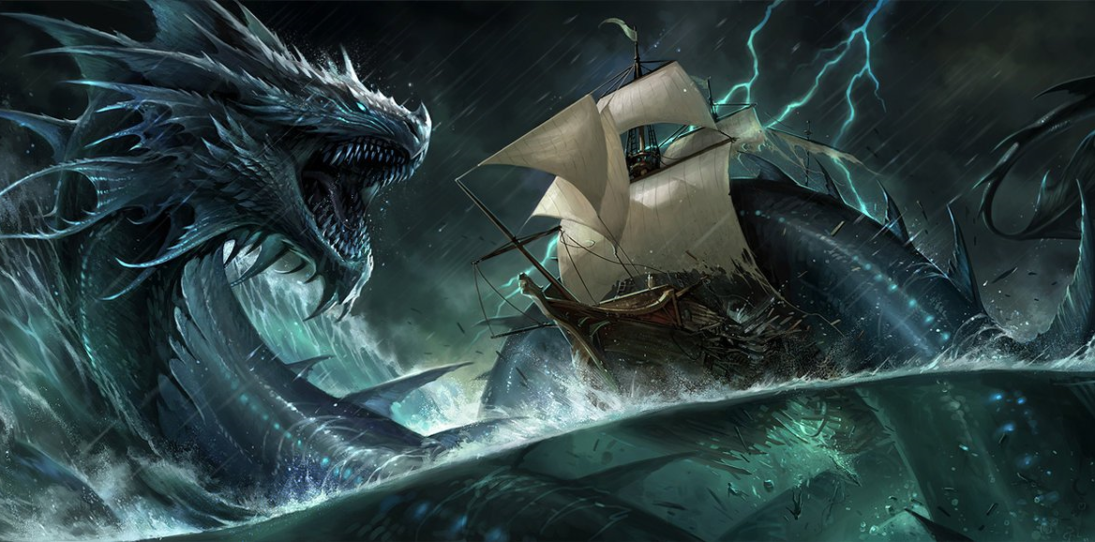
Again, there are many accounts of Leviathan’s origin, including that it was a beast from the abyss, tamed by God only to side with Lucifer and cast from heaven beside him. Thus joining the unholy ranks of the demons of Hell.
The gatekeeper to Hell, and widely regarded as the Hellmouth itself, for its open maw would emit a sweet stench that lured unsuspecting prey to their doom, it is a beast not to be trifled with.
Envy is an emotion that begins small, however, it quickly spreads further and further, consuming you. One is said to be able to drown in the stormy depths of envious thoughts and feelings hence why Leviathan was crowned the demon prince of envy.
Mammon – The Demon of Greed
Money is the root of all evil. If money is the root, then Mammon is the mighty oak that grows from it, stretching greedily up into the air, snatching at valuables as it grows–gnarled, twisted, and bitter.

Spawning from the Latin word for wealth, the bible references Mammon as a demon that preys upon those interested in money and hoarding wealth. Jesus himself mentions the demon when he says, ‘You cannot serve both God and Mammon.’
The need for money, especially in this day and age, is something everybody can understand. However, the powerful call of the almighty dollar is strong, and it is easy to fall prey to the maniacal whisperings of Mammon. He promises wealth and riches beyond your wildest dreams when in reality, you are a slave to his every whim.
Mammon is a powerful demon indeed, and it would seem to me, as an outsider, that he is getting stronger with each passing year. Rightly placed as a prince among the demons of Hell, his high ranking in the demon hierarchy is safe–providing we continue to follow our own insatiable appetite for riches. Many depictions cast Mammon as a human-like figure desperately clutching at bags of money.
Belphegor – The Demon of Sloth
Belphegor is a prince of Hell who is always looking for the easy way out. He is the demon prince of sloth for a valid reason. Rather than get his hands dirty, he prefers to sit back and find ways to have it done for him. While it could be argued there is a certain ingenuity in that line of thought, it remains, at its core, a lazy man’s attitude.
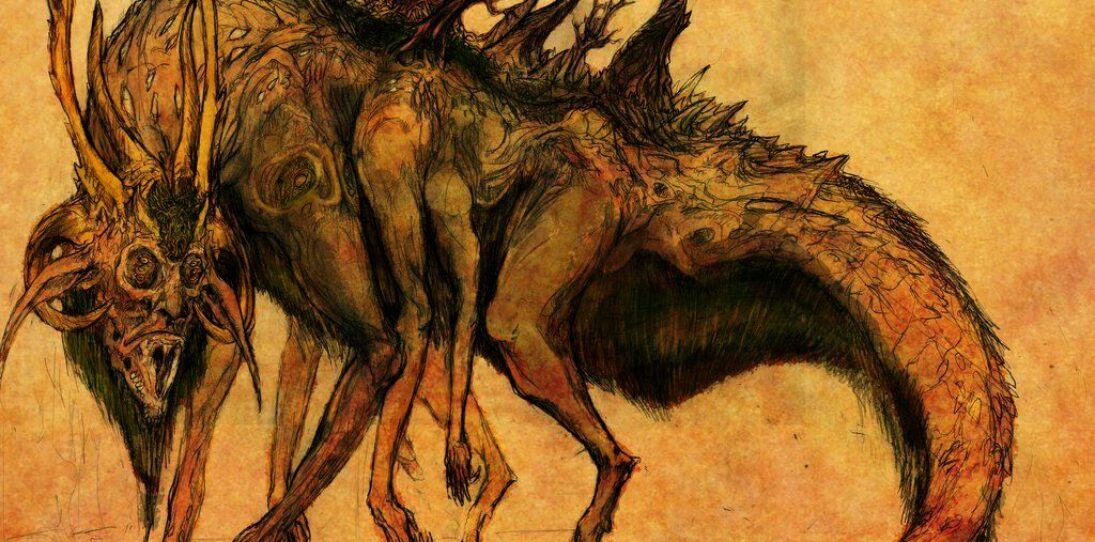
Belphegor’s methods of spreading his demonic power come in the form of whispers and false promises.
He fills ours heads with schemes and ways to circumvent processes to get a favorable result. He is the ultimate get-rich-quick scheme and undoubtedly the demon behind almost every clickbait ad on the net today.
A lazy being, Belphegor manages to keep his seat at the devil’s table thanks largely to the greedy and lazy nature of man. For every person determined to work their way to the top, there are ten willing to take a shortcut. They are the power source from which Belphegor leeches his might.
Considered in many texts to be a shapeshifter, Belphegor uses this ability to achieve his aims, taking on the form of whatever he feels will get his chosen victim to listen to his lies.
Asmodeus – The Demon of Lust
Out of all the demons on this list, Asmodeus is the one who gets my attention. I mean, a demon of lust. Of course, we all understand the concept of inflicting pain until it becomes pleasure. Clive Barker taught us that with his Hellbound Heart (Hellraiser to those unfamiliar with his fiction).
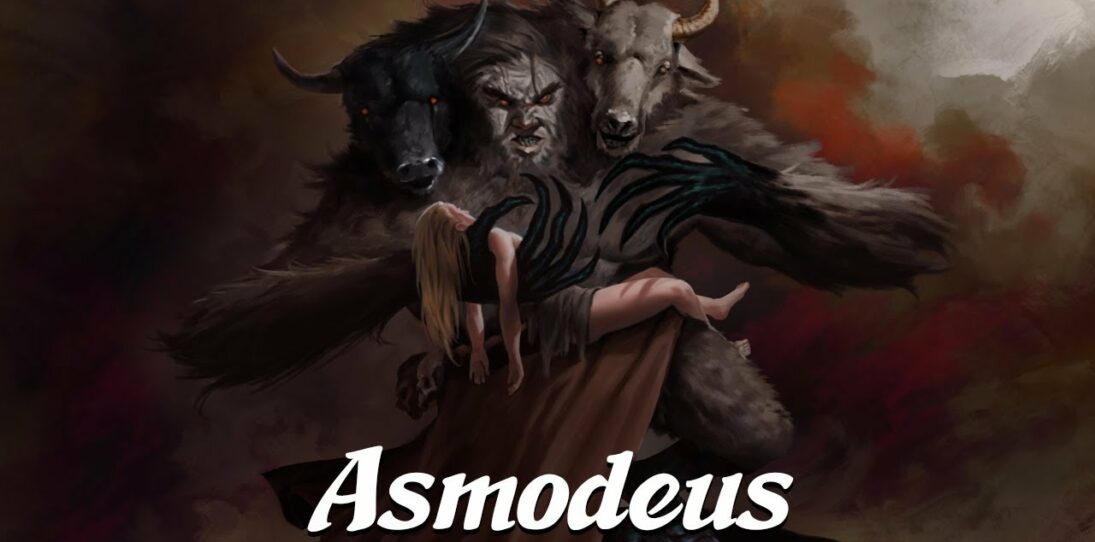
However, when you read about him, Asmodeus is definitely not the sort of demon you want to come up against. He is an influential member of the demon hierarchy and is said to command the power of 72 legions. As the demon prince of lust, it is Asmodeus’s job to ensure people give in to their carnal desires and explore the boundaries of sexual appetite.
No doubt he would admit that there are such sights he could show us. Especially in November, as that is apparently the month during which Asmodeus’s powers are at their strongest.
There are, of course, plenty of other demons associated with Christianity, from the wolf-like Aamon and the demon locust Abadon all the way to Vepar and Zepar, two Duke demons of Hell. However, if we were going to go through them all, this post would likely never end, and you would undoubtedly give up reading.
That said, this is quite a lengthy post, so feel free to bookmark us (Ctrl + D) if you’re short of time, so you can come back and read a bit more later.
Types of Demons in Judaism
I am no theologist, nor do I proclaim to have an in-depth knowledge of the world’s different religions. All of the information in this article is gleaned from researching multiple sources.
The following list of demons looks at the different types of demons associated with Judaism. One thing I did learn while compiling this article is that many demons appear in several forms across different beliefs. This is especially prevalent when looking at the demons of Hell linked with Christianity and Judaism. I would say this is primarily due to both faiths being rooted in the concept of God and sharing many early locations, names, and events.
Related Reading: 21 Amazing Mosques, Temples, Synagogues, and Churches
One thing I did notice while researching the types of demons for this article is that in Judaism, the concept of demons is not just limited to individual entities but also collections of evil spirits. This changes the mindset of demons slightly and beings to break away from the concept of Demons as specific princes of Hell and more as an entire supernatural species. Again, harking back to the theological debate of whatever demons breed.
With that said, let’s now take a look at some of the most interesting demons of Hell linked with Judaism.
Lilith
Before Adam met Eve, there was Lilith. The first woman created and Adam’s first wife. There are many different texts that make reference to Lilith, who is often portrayed as a firey, red-headed woman. She refused to be subservient to Adam and left both him and the Garden of Eden. Obviously, when talking about events that transpired at the very dawn of our existence, it’s hard to be sure with any degree of accuracy.
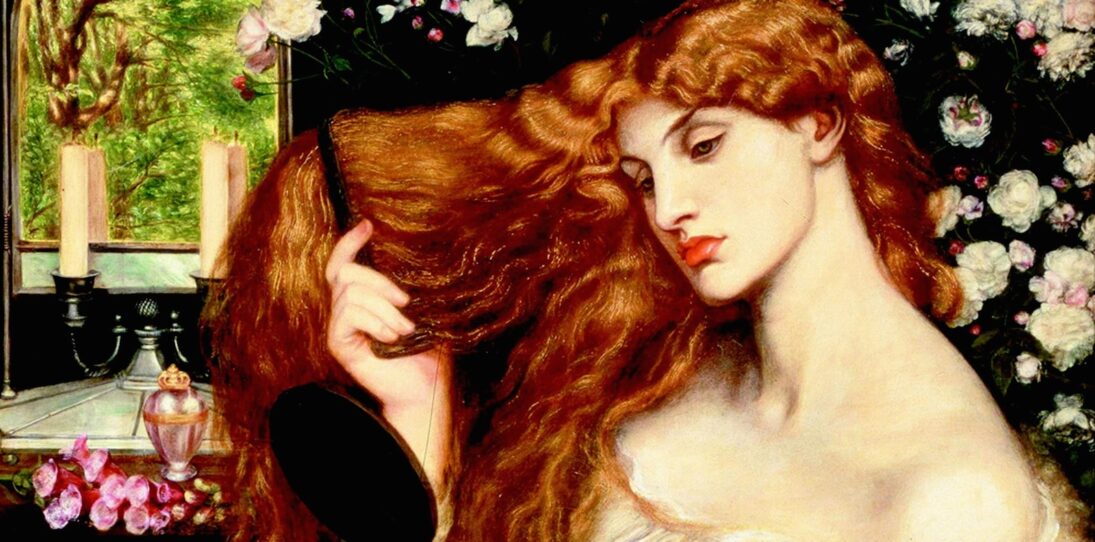
However, it is believed that after leaving, Lilith pushed her way through several angels trying to stop her before eventually bedding an archangel Samael. Their offspring are considered incubi and succubi demons. Samael would later to kicked from heaven and becomes known as a demon king.
Lilith is a nasty piece of work and seems to be more commonly associated as a demon of children and pregnant women. Her name derives from the words for Night Monster, which is appropriately fitting for a figure widely regarded as a screaming, child-stealing demon.
Lilith is always depicted as a very feminine figure and usually an attractive, naked, red-headed woman placed in a provocative pose.
Bagdana
The Bagdana is a strange demon, and that is precisely why he makes it onto this list. When looking at the types of demons, there is always room for a figure whose dark nature is somewhat ambiguous.
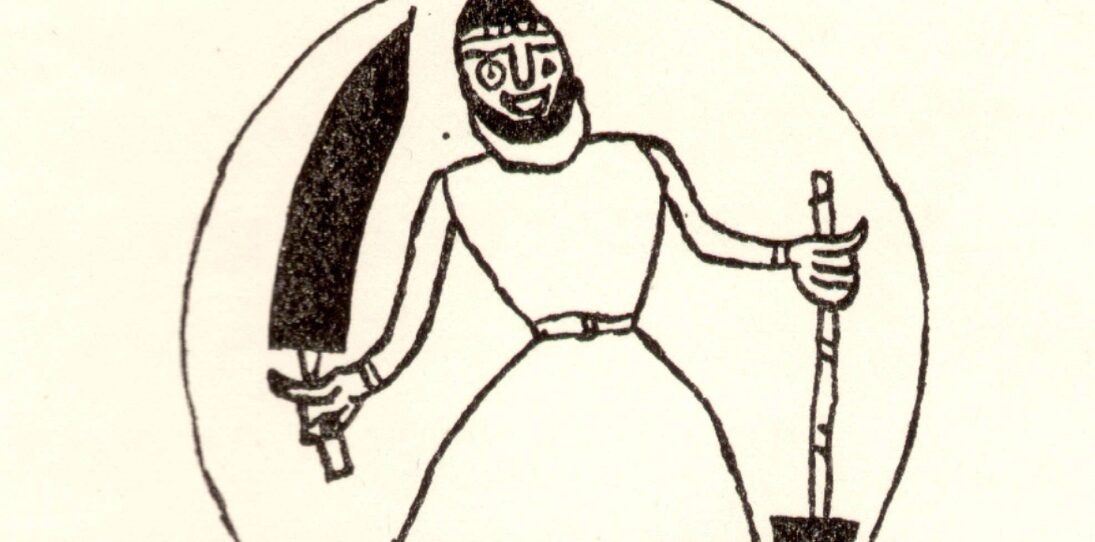
It is difficult to find much descriptive text (translated) regarding Bagdana. However, what does exist paints a similar picture of this particular demon. He appears mainly as an image on conjuring bowls. Unlike most other demonic images, Bagdana is not bound at the feet and is often armed with a sword.
This is not because he so enjoys hacking and slashing at human flesh. Instead, he is a demon who is seemingly happy to help humanity and hunt other demons when necessary. While certainly never referred to as an ally to humans, he is not the nastiest scourge to ever crawl from the fiery pit. Therefore, an association with Bagdana should never be regarded as an alliance, and he should always be kept under close watch because a demon can’t ever change its spots.
Shedim
Shedim is not a single demon but rather the name given to a group of evil spirits. It is often used to describe other deities. Seeing as how the Shedim is not a singular entity but rather a group, there are several interpretations of Shedim and, in particular, their origins.

The favorite three are that they are the spiritual embodiment of other gods. Given that Judaism is a monotheistic religion, any god other than God is viewed as an evil spirit or lesser god. Another interpretation is that Shedim are the offspring of Lilith and, well… various archangels and other men. Once she left Adam, it seems she got around a little bit.
The final interpretation of the Shedim and one that I quite like is that they were supposed to be humans, that God was molding when the Sabbath arrived. God put his tools to one side and never returned to the work once the Sabbath passed. The moral of that parable being that all work is finished once the Sabbath arrives.
Mazzikin
Much like the Shedim, Mazzikin is not a name referring to any demons of Hell specifically, but rather a broad range of evil spirits that Judaism regard in the same way we see demons. These types of demons are the cheeky little blighters of the demon hierarchy. They are the pesky imps who are permanently armed with the spanners that so often get thrown into the works.
Mazzikin are mean little critters and are invisible types of demons who cause everyday stresses and tribulations.
Abyzou
If ever there was a demonic act, then it would be a miscarriage. I don’t mean of justice but of children. As a father and someone who has gone through a miscarried pregnancy, there is no sorrow like it.
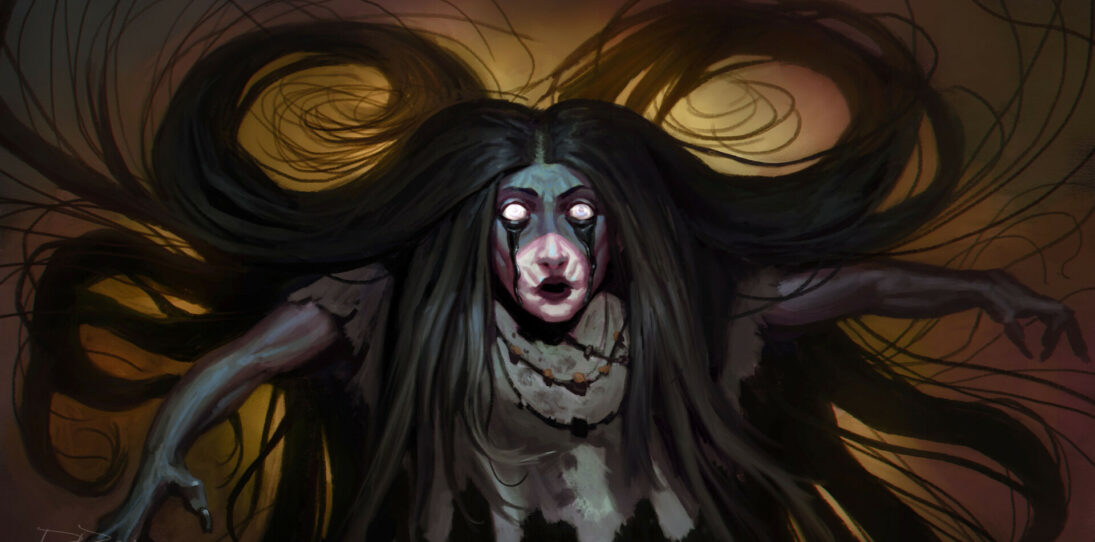
Abyzou is a Jewish abomination regarded as the demon of miscarriage. In life, the demon was infertile, and as a result, her everlasting, undying jealousy sees her on a blood-thirsty quest to share her pain with as many people as possible.
What I found interesting was that in Judaism, these types of demons are not so much evil entities acting against God but rather seen as vessels of God, used to exact his punishments. There is something haunting and, dare I say, beautiful about that.
Types of Demons in Hinduism
One of the concepts of Hinduism is that the way a person lives their life determines what happens when they die. The concept of Karma. Everybody must endure a number of punishments equating to the life they lived before being allowed to be reborn into a new life.
However, should your life have been suitably horrid, and your existence on this planet was beyond redemption, then an eternity of loneliness was prescribed. Forced to wander cold, lonely, and alone in the grey spirit worlds, unable to atone for their sins. These forlorn figures would often become angry, impish spirits which would be comparable to demons in other faiths.
Interestingly, I also find that when it comes to Hindu demonology, there is a far greater story behind the different ‘characters’ one encounters. A deep and rich story interwoven across different deities and storylines.
With that in mind, let’s take a look at some of the different types of demons found in Hinduism.
Dakini
When it comes to the different types of demons, you would be hard pushed to find one with a more confusing identity than Dakini. Depending on which scriptures you read, she is regarded as one of two things.

In some Hindu texts, Dakini is a demon, or rather, a race of female demons who devour human flesh and feast on their vital essence. However, other texts of the same belief system state that Dakini is a goddess. In fact, they claim that she is one of the goddesses of the six chakras. You couldn’t ask for a more confusing backstory if you tried.
To follow the flesh-eating demon part, because, you know, chakras and fluffy bunnies just don’t fit the tone of this article, Dakini’s are ferocious meat-eaters. They were captured and promised freedom if they stopped eating meat. As a compromise, they were taught how to eat the essence of dead humans. This essence is found in either the head, liver, or heart.
While their character and general nature are seemingly debatable, one thing that is certain is Dakini are always women. So that’s a place to start, at least.
Kali
Kali is one of the more powerful demons in the Buddhist religion. She is an immortal demon and ruler of the Kalki Purana. Kali was the lord and ruler during the Kali Yuga.
There are four yugas that run in a cycle. Each Yuga lasts 4,320,000 years. The Kali Yuga was the fourth and final of the cycle. Unfortunately, it was also the worst. Kali corrupted the world in an attempt to destroy it. Slowly Kali ate away at people’s beliefs, making them forget the word of God.
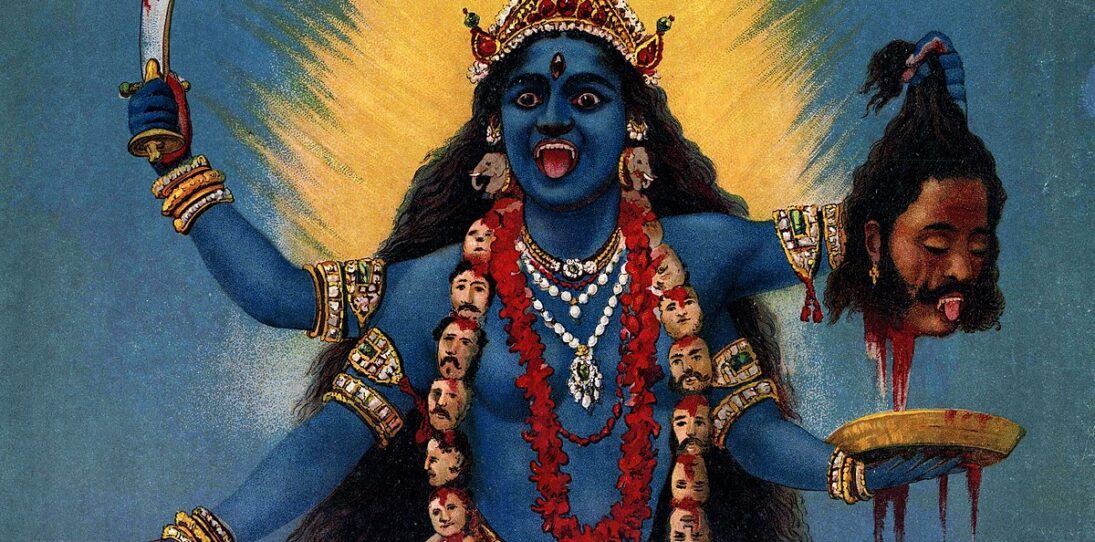
The more common texts of Kali describe him as being a massive creature, with soot-colored skin and the foulest stench that permanently emanated from his being. Kali is often depicted with a dog-like face, large fangs, and wild, bushy, green hair. With chaos and disruption being the order of his life, Kali chose to make his home in the areas of ill-repute. Kali resides within the halls associated with gambling, prostitution, gold, money, liquor, and slaughter.
The full story of Kali and the other types of demons associated with Hindu mythology and cosmology is deep-seated within the foundations of the religion. It’s not easy to pick them up and describe them, as their existence is often part of a much larger, more complicated journey. However, Kali certainly seems like a demonic character you don’t really want to mess with.
Just make sure you don’t confuse him with the Goddess Kali, who happens to be the Goddess of Life, Time, and Death.
Bhandasura
Bhandasura is another one of the Hindu gods with a fascinating and detail-rich backstory. This particular demon was created from the cremated ashes of the Hindu god Kāmdēva.
Kāmdēva was the God of human desire. In return for performing tasks for Shiva, Bhandasura was promised Lordship over the city of demons. His rule was guaranteed to last, uninterrupted for sixty thousand years. Given this, Bhandasura was left alone while other gods transpired against him.
However, he lost himself to a life fuelled by lust and luxury.
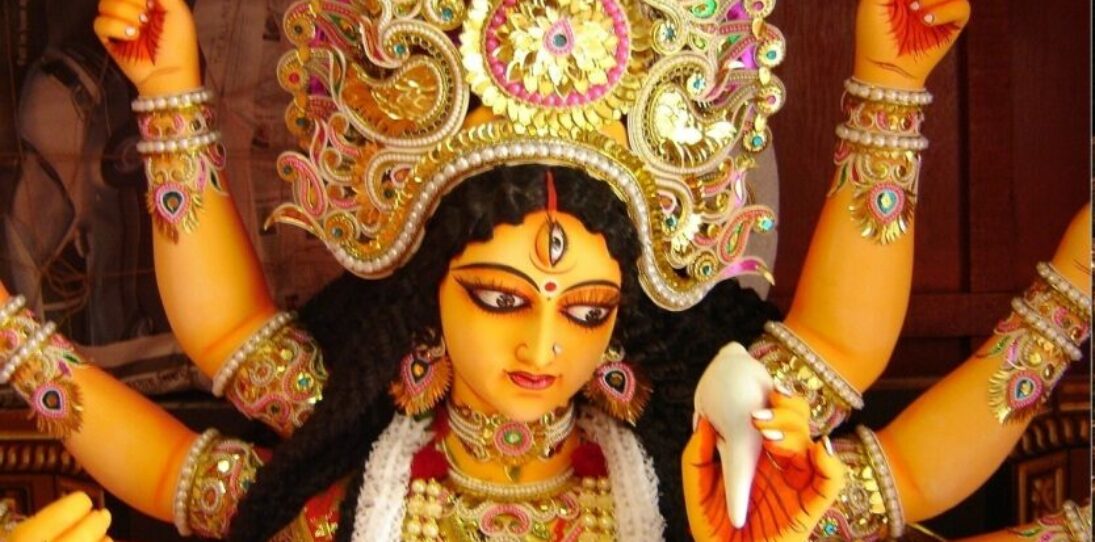
Eventually, a great war ensued, and Bhandasura was overwhelmed and killed. From his ashes, the God Kāmdēva was recreated once more, and things were restored to their previous balance.
It is interesting how the concept of demons changes from one belief and culture to another. For example, the demons of Hinduism differ greatly from the demons of Christianity. That is not to say they are nicer or worse in character. Merely that they have so different as to no longer be comparable. As a writer and novelist, I can see the appeal to researching demonology and the rich well of stories and information that reside within the various pages.
Types of Japanese Demons
Japan is another land filled with vibrant creatures, myths, and legends. It is a culture that has long since fascinated me. I realize it would be sensible to continue with religion-based types of demons, but I wanted to break away a little and look at things from the broader perspective of folklore and culture.
Japan is a land absolutely chock full of myths, legends, and other supernatural tales. The concept of the Yokai – demons and other impish creatures – is a rich one that has fueled bedtime stories, manga, anime, and computer games for generations.
Interest in Japanese demons of Hell has grown in recent decades as Japanese horror stories spread to the west. Mainstream movies such as The Grudge and The Ring were awarded American remakes, so the legend of Japanese horror was born.
The interesting thing about dealing with the types of demons that appear in folklore and stories instead of religion is that you take away the concept of good and evil, saint or sinner. The types of demons in folklore are not there to exact vengeance on those who have defied or turned away from God. Instead, they are just evil bastards who enjoy inflicting pain and suffering on those they come across.
So it is here that we shall give into some of the more colorful and inventive demons of Hell or whichever place of punishment it is they choose to dwell. Hold on tight; keep your hands and feet inside the margins at all times because things are about to get a little freaky. Please take a deep breath as we look at some of the wildest types of demons in Japan.
Shuten Doji
Unlike many demons, who live on and on, temporarily vanquished only to rise up again, Shuten Doji is a demon from yesteryear who finally met his match. However, before his demise, Shuten Doji was a giant of a demon, standing around 50 feet tall with horns covering his head and fifteen eyes. His red skin only added to his angry image. He ruled over the world like a warlord and lived in a mountain lair.

A lovely chap, he preyed on young women, forcing them into servitude before finally devouring them. But, as with all evil beings, he had a weakness… sake! Ultimately, he met his match when Japanese folk hero Minamoto Raikō separated his head from the rest of him. A move that even a demon like Shuten Doji couldn’t survive.
Yuki-onna
Yuki-onna is a female demon known as the Snow-Woman. The history of Yuki-onna can be traced back to the early 1300s and has gone through many different incarnations over the years.
However, the standard telling of the tale is of her as a tall woman with pale skin and long black hair. She wears a white kimono and appears when snow falls. She glides over the ground, almost like a ghost.
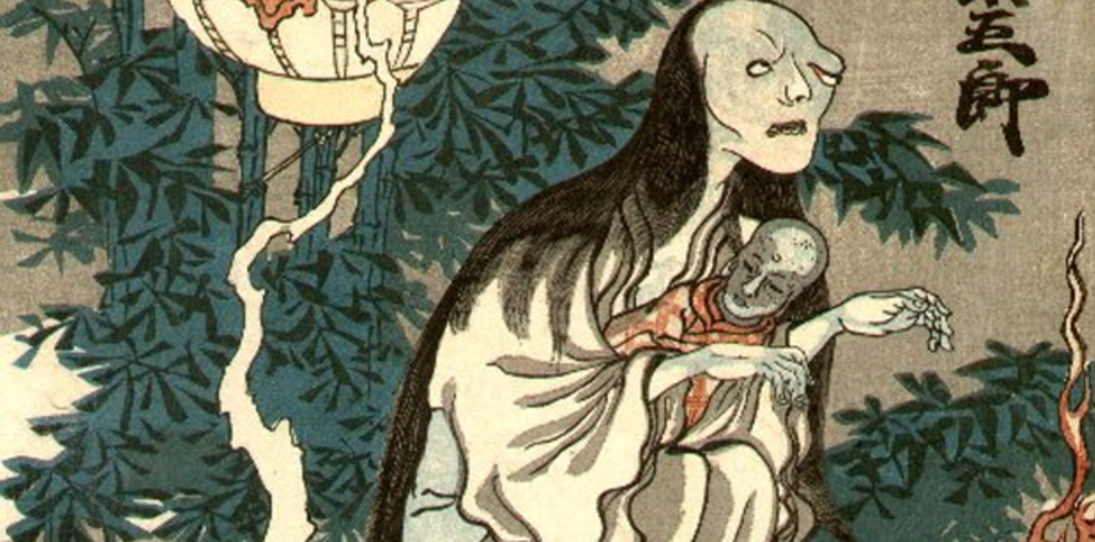
However, despite her spectral image, she is considered a demon due to her ability to take corporeal form and appear wherever she wishes, not bound by any emotional ties.
The origins of her story are debated, but again, there is a consistency in her methods. The demon of hyperthermia, Yuki-onna, appears before her victims asking them to hold a child. Anybody who accepts is frozen to death by the child. Those that refuse find themselves pushed to their deaths. The demon then feasts on her victims’ souls, sucking their very essence through their frozen mouths.
Yamauba
There are tales of a process called Ubasute that date back many centuries in Japan. It is rumored that when the elderly were no longer an asset to a home, they were taken out to the woods and abandoned.
This same myth surrounds the (in)famous Japanese suicide forest. It is also a similar base for the Yamauba. These types of demons are regarded as old women who withdrew to the woods or the mountains once deemed of no further use to society.
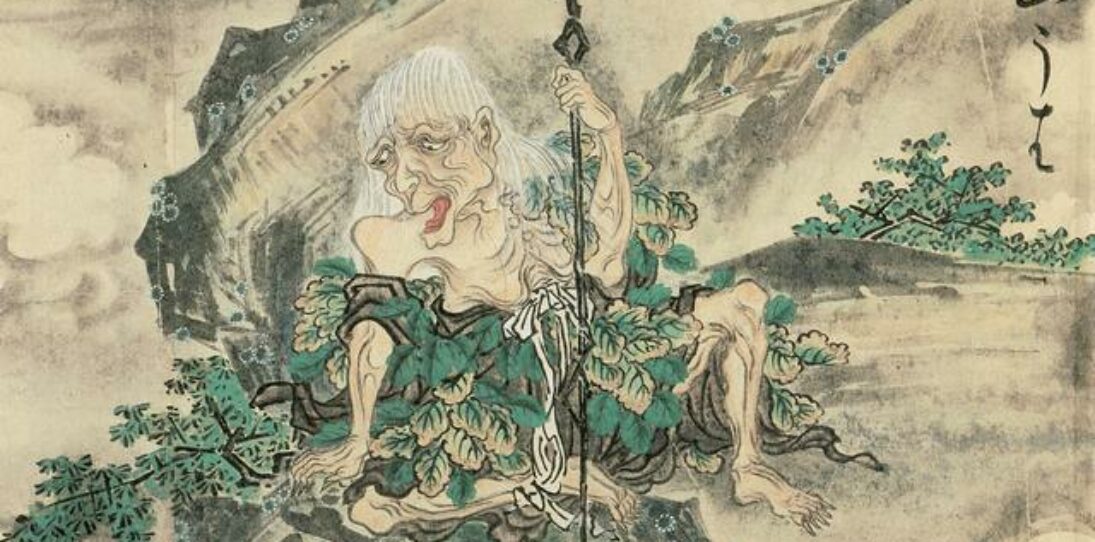
From there, it is said they developed a taste of human flesh. Once again, there are different tales surrounding these wily old creatures. However, a consistent theme is their taste for young women and children.
The Yamauba descend from their hideouts to offer shelter to pregnant women, especially those about to give birth, intending to eat the child as soon as it arrives. They also wander into towns and villages, sniffing out any child whose mother is not home. The innocence of youth must make the meat extra tender.
Kappa
Until now, the types of demons we have encountered on this list have been relatively mundane as far as the whole demonic activity thing is concerned. But then you have the Kappa.
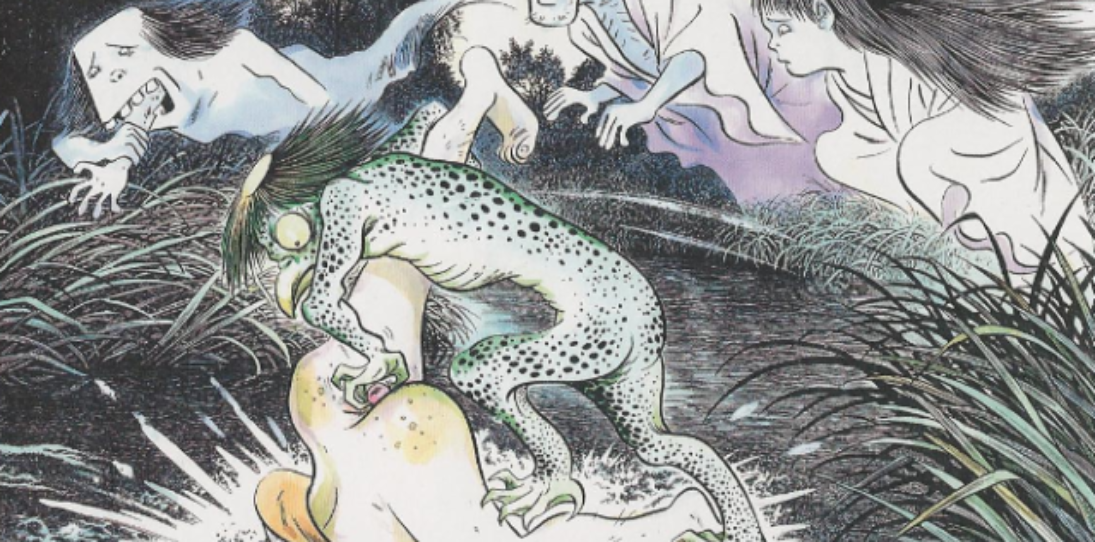
Imagine the creature of the black lagoon, and you have an image of the Kappa already. Humanoid frog creatures with webbed hands and feet. They attack people in the water, trying to steal the mythical shirikodama organ. The Kappa believe this organ can be found in the anus of their victims. It’s interesting to note that in all my research, it never says the Kappa kill their victims before extraction; instead, it says they assault them.
Make of that what you will.
However, the Kappa need to remain in the water because if the liquid-filled dent in their head dries up (or spills), then so do they die. Quite the strange-sounding and, dare I say, kinky demon—definitely a worthy addition to a list of the different types of demons in the world.
Kuchisake-onna
The slit-mouthed woman, Kuchisake-onna, is quite the gruesome and blood-thirsty demon.
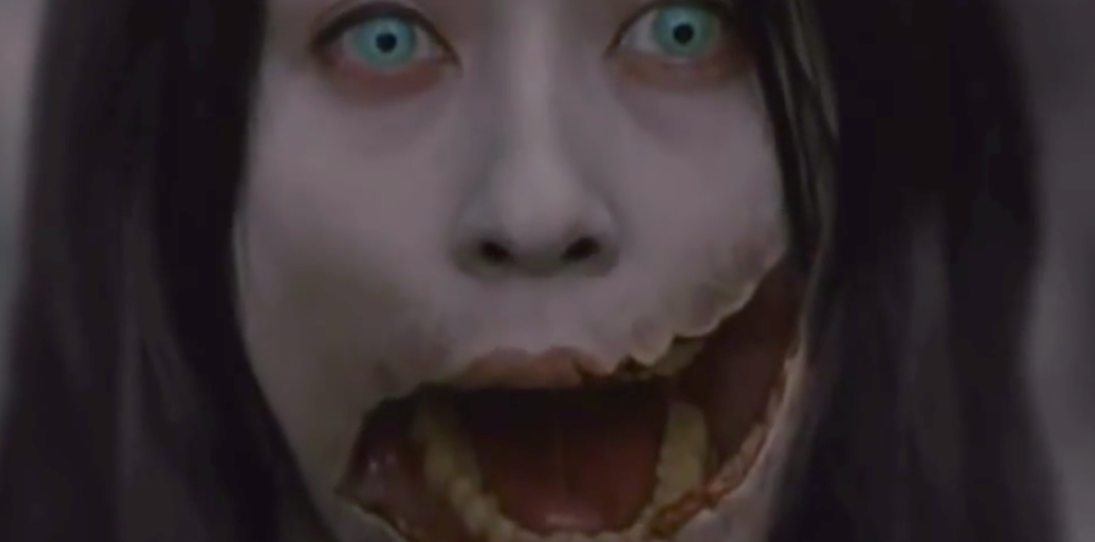
The Kuchisake-onna is a woman who walks around wearing a surgical mask. She approaches children, asking them if they find her beautiful. Those that say yes are treated to her sliced open maw beneath the mask. They then get asked the same question. If they answer no, then she kills them with her medical scissors. Those who answer yes are then treated to the same ear-to-ear sliced smile she has.
The only way that you can escape Kuchisake-onna’s scissors is to give her a non-committal answer, such as ‘Oh, you looked ok.’ This sort of answer confuses the Kuchisake-onna giving the intended victims the time they need to escape her clutches.
Okiku
The Okiku is an interesting demon set in the context of a story regarding morality. The legend goes that a young servant girl caught the attention of her samurai master. However, after repeatedly rejecting her master’s advances, she became a victim of his evil games.

Determined to get what he wanted, the samurai hid an expensive family plate. After convincing the servant girl she had lost the plate, he gave her a choice. Accept him as a lover or face the death penalty for her crime. After counting the plates several times and searching the house to no avail, the girl accepts her guilt and its punishment.
This final rejection is too much for the samurai to accept, and he kills the girl. The Okiku is her returning spirit that counts the plates repeatedly, uttering an ear-splitting screech every time she fails to see the tenth plate. Shew haunts the men of the house, driving them mad. In the end, her victims kill themselves to escape her screams.
Folklore Demons from Around the Globe
There are different types of demons found in folktales and urban legends on every corner of the globe. Some cultures share demons but tweak their story to suit, while others have creations unique to them. The following types of demons are gathered from different folklore from around the world.
Folklore is a teaching device that predates the written word. Demons are the creatures that drive the darkness. They are used as a device to keep people in the light, far away from the looming shadows and the lurking sense of dread that tickles the back of the mind.
Some demons are terrifying. Other types of demons are downright comical. Yet, no matter their appearance, mannerism, or kinks, they are used to represent all that is bad and evil. It’s a simple concept, really. So, without further waffle, let’s take a look at some of the strangest types of demons from folklore around the world.
Manananggal – A Demon From the Philippines
The Manananggal is a dark-hearted demon and arguably one of the most gruesome types of demons on this list. Its name means ‘to separate,’ which is precisely what it does.
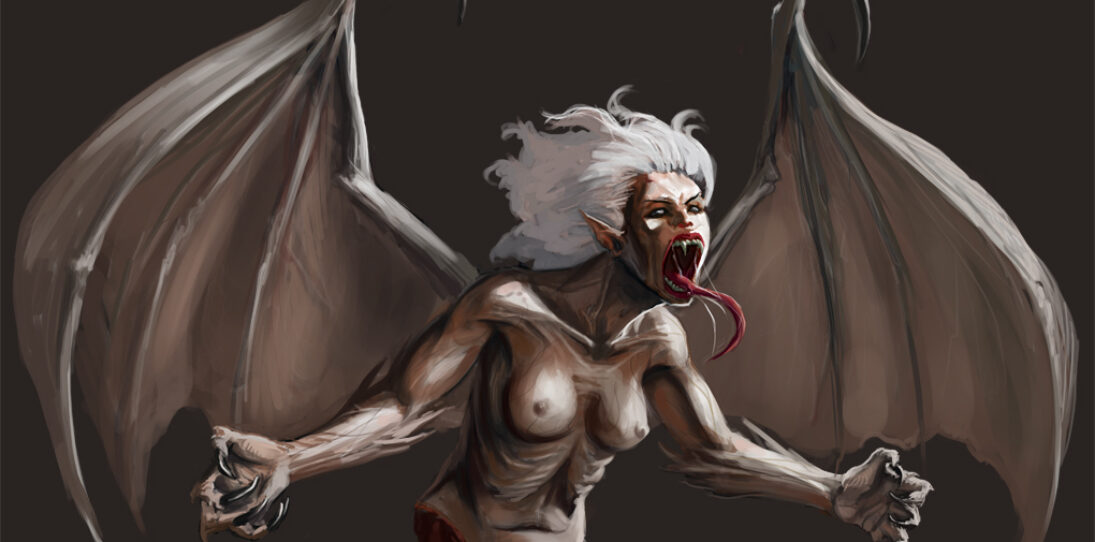
This female demon turns into a terrifying winged vampire-like creature. However, as their wings spout, their legs separate from their bodies. Their upper halves fly around, entrails dangling beneath them, surely showering people with gore as they go.
This particular demon is rooted in Phillipino folklore. The Manananggal preys on a range of targets, including pregnant women. Their probing tongue penetrates the woman’s pregnant belly and sucks out their unborn child’s heart.
If that isn’t dark, then I don’t know what is!
The Manananggal is also said to prey on newlyweds and couples in love. It would seem that love is the fuel that drives this demon onwards. The legend behind it claims the original Manananggal was abandoned at the altar, explaining why they also desire to feast on the flesh of grooms-to-be.
While the Manananggal sounds like a terrifying creature, eliminating them is a straightforward affair. All you need to do is sprinkle a little salt on their discarded lower half, and they will perish in the dawn sun.
The Dullahan – An Irish Demon
If ever there was a country steeped in rick folklore, it would be Ireland. The land of giants, faeries, witches, and dark magick. Every country needs a headless horseman legend, and in Ireland, that is the Dullahan.
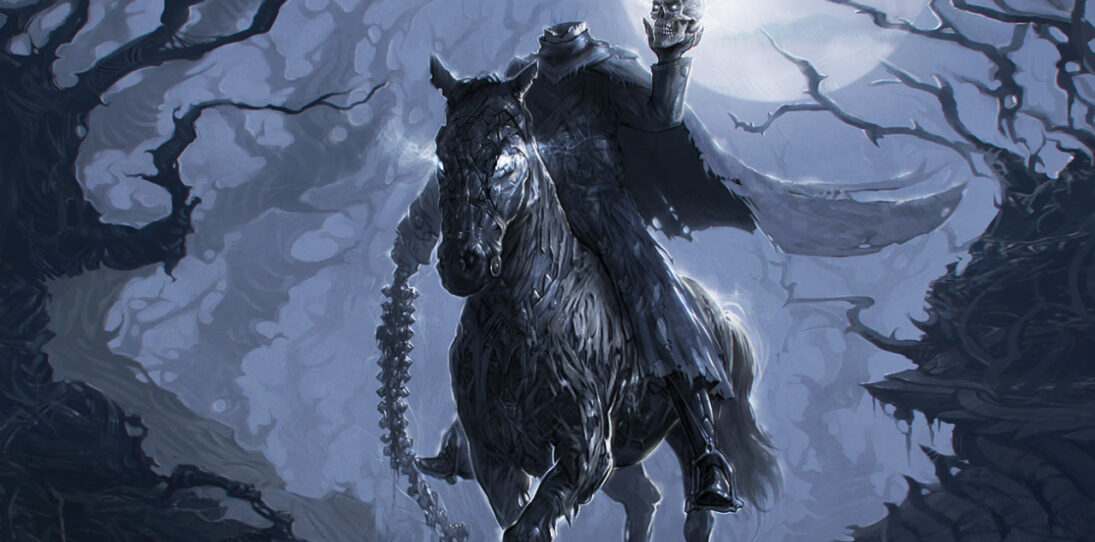
This horseman is said to be the spirit of the Celtic God Crom Dubh. He rides, holding his severed head aloft. The mouth split open ear to ear while the eyes roll loose so that they can see in all directions. Its skin is pasty and rotten, with the soft consistency of rotten cheese. He pulls a wagon made of human thigh bones and covered with human skin. The Dullahan uses a human spine to whip his steed, and the legend decrees that wherever this demon stops, death soon follows.
The Dullahan calls out a name, summoning the soul of his victim, who promptly drops down dead.
Leyak – A Balinese Demon
Out in Bali, there is a demon known as the Leyak. They are black magic practitioners who took things a little too far. By day they look and act just like regular people. However, once the sun goes down, their heads and entrails come away from their bodies, and they fly around looking for human flesh to sink their teeth into.
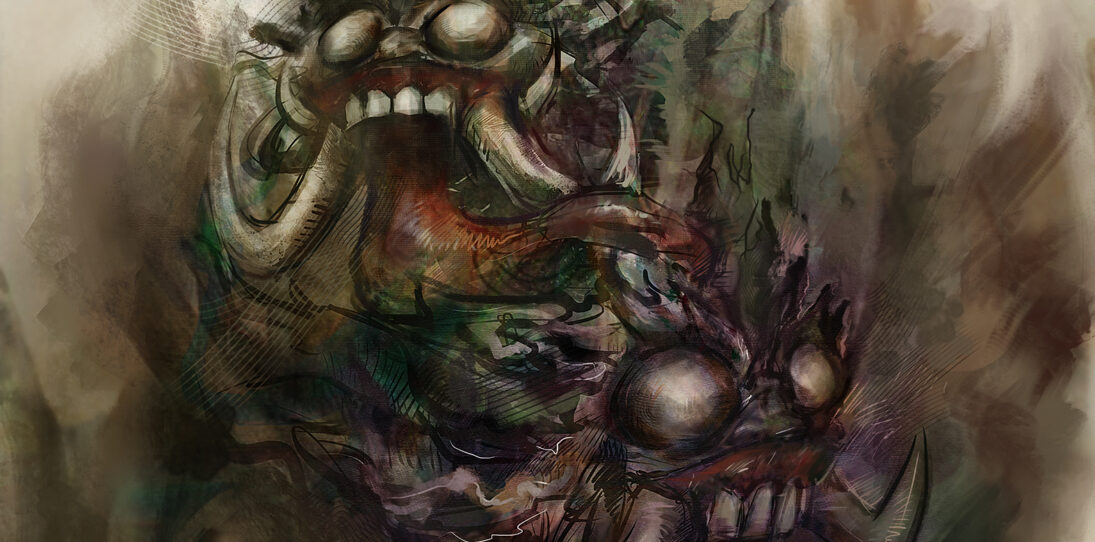
There are strong links between the Leyak and the Manananggal in that they both separate from their bodies and prey upon unborn babies. The Leyak seeks out pregnant women and feeds on their unborn child’s blood.
There are three legendary Leyak in Balinese culture. Two females and one male. When they can’t find the young, it is said that they hang around in graveyards, feeding on the dead.
Preying on children and the dead… am I the only one getting Saville vibes from these types of demons?
Mephistopheles
One of the ultimate demons from Hell, Mephistopheles, has Germanic roots and is essentially the devil’s favorite bounty hunter. The classic image of a demon is one that makes an agreement in exchange for your mortal soul.
Think about almost every episode of the early Supernatural seasons and most other demon-based horror stories ever written. Crossroads demons and deals with the devil are common themes when it comes to dealing with all different types of demons.
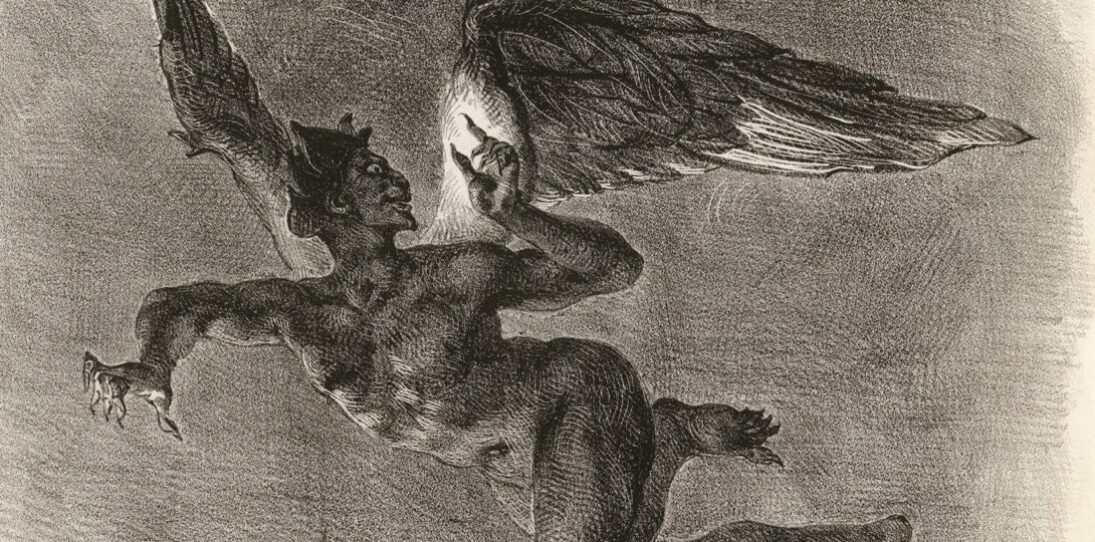
Mephistopheles, however, is not often the one seen to be making the deal, but rather the rabid dog sent to collect when it comes time to pay up.
The story behind Mephistopheles is that he, too, once made a deal with the devil. He desired infinite knowledge. Now, he must spend his life as the Devil’s henchman. He actively tries to warn the titular character away from making a deal and selling his soul during his appearance in Faust.
Krampus – A Christmas Demon
The anti-Santa, the Krampus, has been terrifying German children for generations.
Krampus serves as the counterpart to Saint Nicholas. On and around December 5th Saint Nicholas travels around the Alpine countries delivering candy and gifts to all the good boys and girls. At the same time, his darker double follows close behind, only rather than leaving gifts he deals out behaviors correcting punishment; flogging naughty boys and girls with a birch wood switch.
Krampus is always portrayed in human form, with a twisted body and horns protruding from his forehead. The length and appearance of these horns vary from storyteller to storyteller.
In recent years Krampus has become someone of a globally accepted Christmas demon. However, it will forever be the Germanic lands that he calls his true home.
If only he had paid more attention to a young Austrian boy with a funny haircut back at the turn of the 20th century, perhaps the world would have been saved some terrible atrocities.
Understanding the Christian Demon Hierarchy
While it may be very easy to lump all types of demons into a single mass, it just isn’t that simple. There is so much more to the concept of good and evil than a basic, ‘angels good, demons bad,’ logic.
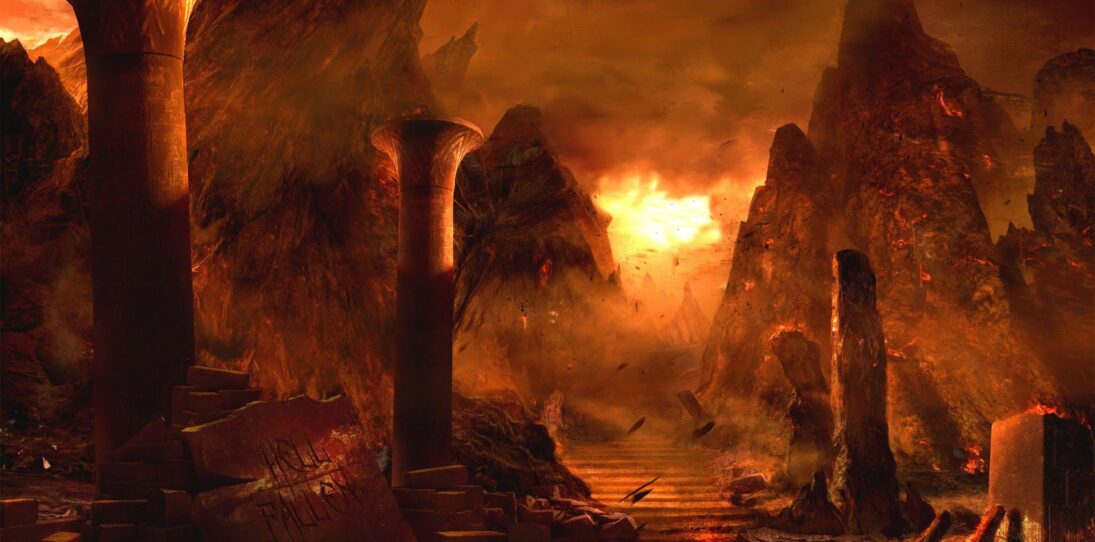
There is a very clear demon hierarchy, certainly in Christian demonology. This hierarchy is essential not just in terms of classifying the demons themselves, but when looked at closer, it is important in establishing and maintaining the complex world that starts at the center of Hell and spreads through all levels of existence and theology.
Throughout history, there have been many different attempts to classify demons, extending into literature, art, and video games. Each artist or creator seems to have their own take and lore that comes into play, weaving through their worlds.
However, there is always a consistent base from which these things are built.
Having worked in an office for a great many years before turning my attention to writing, there are never-ending references to the hellish bureaucracy of big business. Little do many people realize that Hell is indeed structured in a very bureaucratic and, of course, chaotic way.
Understanding Hell’s Power Rankings and Hierarchy (Top 10 Demons)
Of course, Lucifer sits at the top of Hell’s complicated ladder. The CEO, CIO, and CFO of pride, pain, and punishment. However, no king can rule on his own. A court of like-minded ministers is needed to keep things flowing.
Serving the king are the princes of Hell. There are different numbers of princes quoted in different texts, but these are most commonly linked to the angels that fell directly with Lucifer.
- Mammon
- Asmodeus
- Leviathan
- Beelzebub
- Satan
- Belphegor
However, that is not where it ends. You also have:
- Adramelech, who happens to be the Minister of Beelzebub’s Order of the Fly
- Baal-Berith, who is considered to be Hell’s secretary as well as being considered the demon of blasphemy
- Astaroth, who is the treasurer of Hell
- Behemoth is the giant elephant-like demon that acts as the night watchmen and Lucifer’s private chef.
These roles round off the standard parish council of the underworld. Then, below this core group, you have second and third-tier princes before you tumble down into the general classification of demons as individual species.
Counting Your Blessings – How Many Demons Are There?
If you ever wonder how many different demons there are, brace yourself. Not because the number will take so long to read you will need a Red Bull to make it to the end – although you might. But rather because there are so many different thoughts and belief systems and classifications. So, to keep it a little bit controlled, let’s focus on the demons associated with the biblical texts.
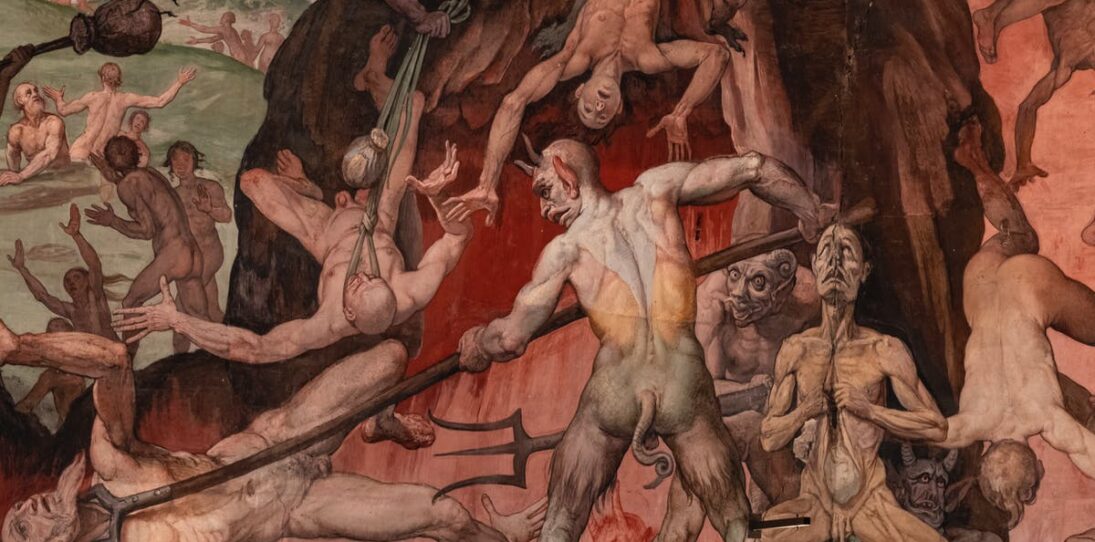
Many believe that there are 200 demons, the original ones cast from heaven and collected during the descent. Others believe that demons breed with each other but also with humans.
If that is the case, then numbers would be infinite or, at the very least, too vast to even give a number to them. However, for those worried about coming across a demon, the chance of you encountering one, certainly one of the really nasty kind, is very slim. So the numbers game is definitely in your favor. As for minor demons, well, we come across temptation every single day. So it could easily be argued that each and every instance of that is a demonic experience survived.
The Down and Dirty on Demons and Sex
If the works of authors such as Clive Barker have taught us anything, it is that pleasure and pain are only separated by a thin line. A line that can not only be blurred but fused together. The relationship between sex and sin is strong in so many different cultures. It remains a strange taboo, even in the modern world. Therefore, it is not strange that there are demons like the incubus and succubus—male and female demons of carnal desire.
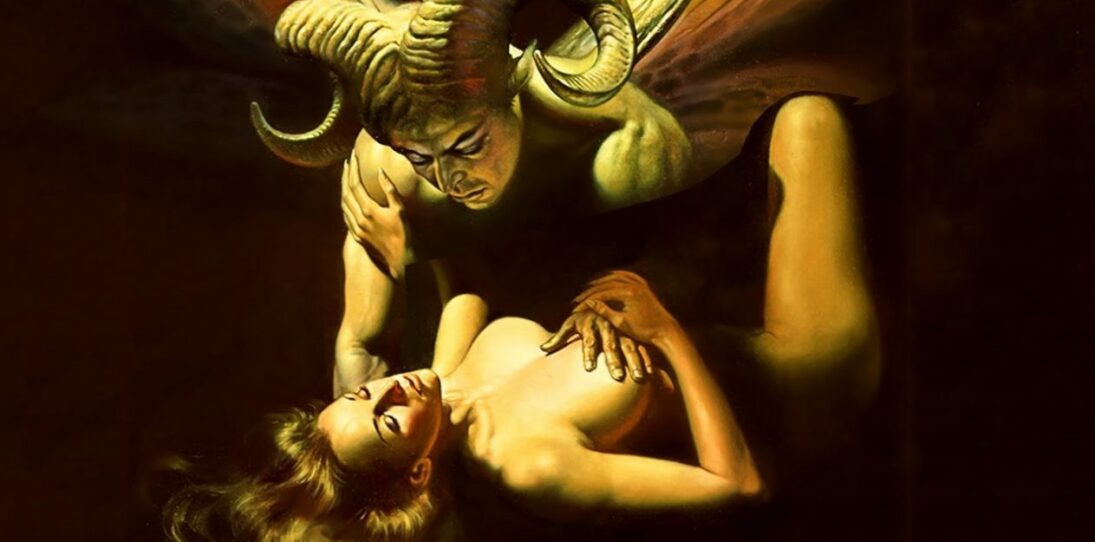
Almost all cultures and beliefs have their version of the incubus and succubus types of demons. They serve as an excellent tool for the danger of sex before marriage and the problems that can be encountered by those of a more promiscuous nature.
There are obviously a great many sexually transmitted ailments and maladies that can be rear their ugly head, and many people report waking to feel a heavyweight pressing down against them. These symptoms are classic signs of sleep paralysis, a fantastic affliction to associate with the supernatural.
These experiences also add fuel to the ongoing debate regarding the mating rituals of demons and whether their copulation with humans, be it willingly or taken by force, results in the further spread of demons throughout all levels of existence.
For as long as sex remains a cultural taboo, there will be demons linked to and blamed for any behaviors that may be deemed sinful in the eyes of the devout.
Last Rites – Final Thoughts on the Different Types of Demons
There we have it, a list of the different types of demons throughout the world. It is by no means a complete list. Not even close. However, I feel we have an interesting collection of demons from a range of beliefs that make interesting reading. It is also insightful to get an understanding of how the concepts of good and evil are viewed around the world.
How depending on the belief system, demons are either those that dish out vengeance and extract bloody pleasure from torturing their victims, thriving on their screams and finding ecstasy in their pleasurable pain, or they are more an inconvenience or a challenge that thrown our way that we must negotiate to have said we lived a good life.
It is a fascinating subject when you start looking at it, even for someone who is not of overly religious persuasion.
What did you make of this list of the different types of demons? Do you have any thoughts? Do you have a particular character you know of, like, worship, or regularly sacrifice virgins to? Let us know in the comments… well, maybe not the last one; better keep that to yourself. If you think there are some demons that should have gotten a mention, let us know in the comment below. We’re happy to learn more and stand corrected when needed.

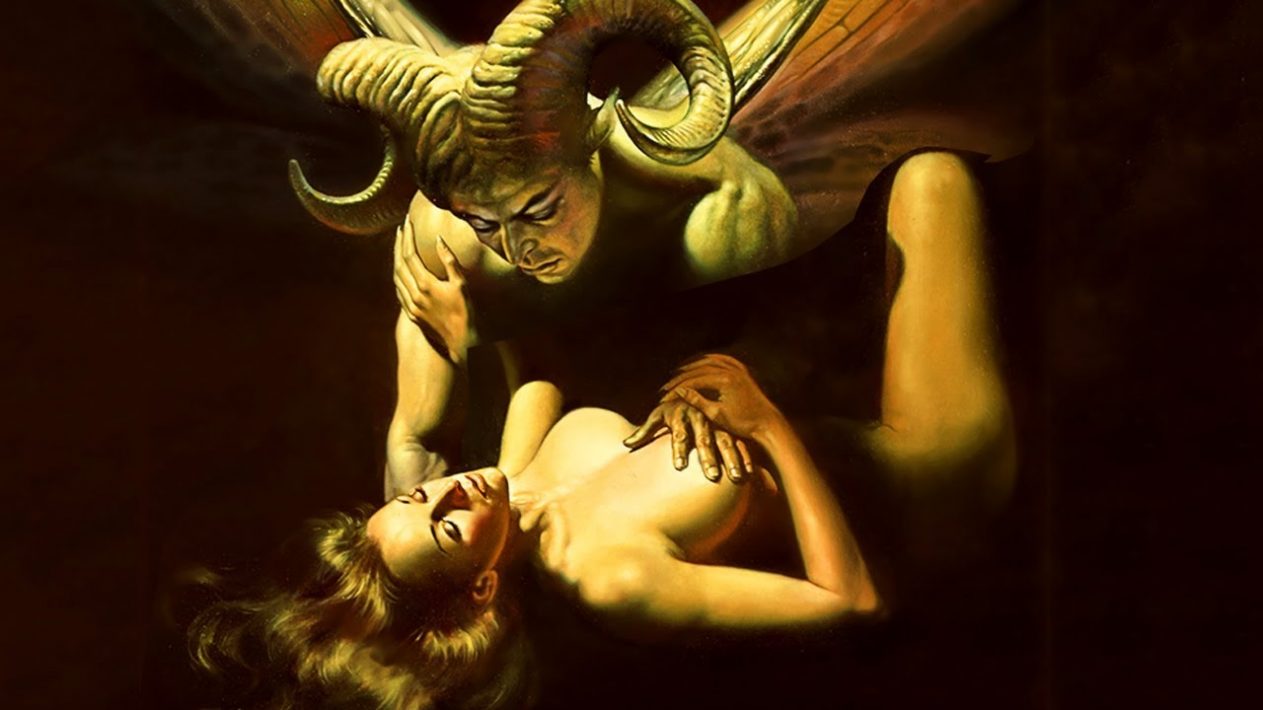
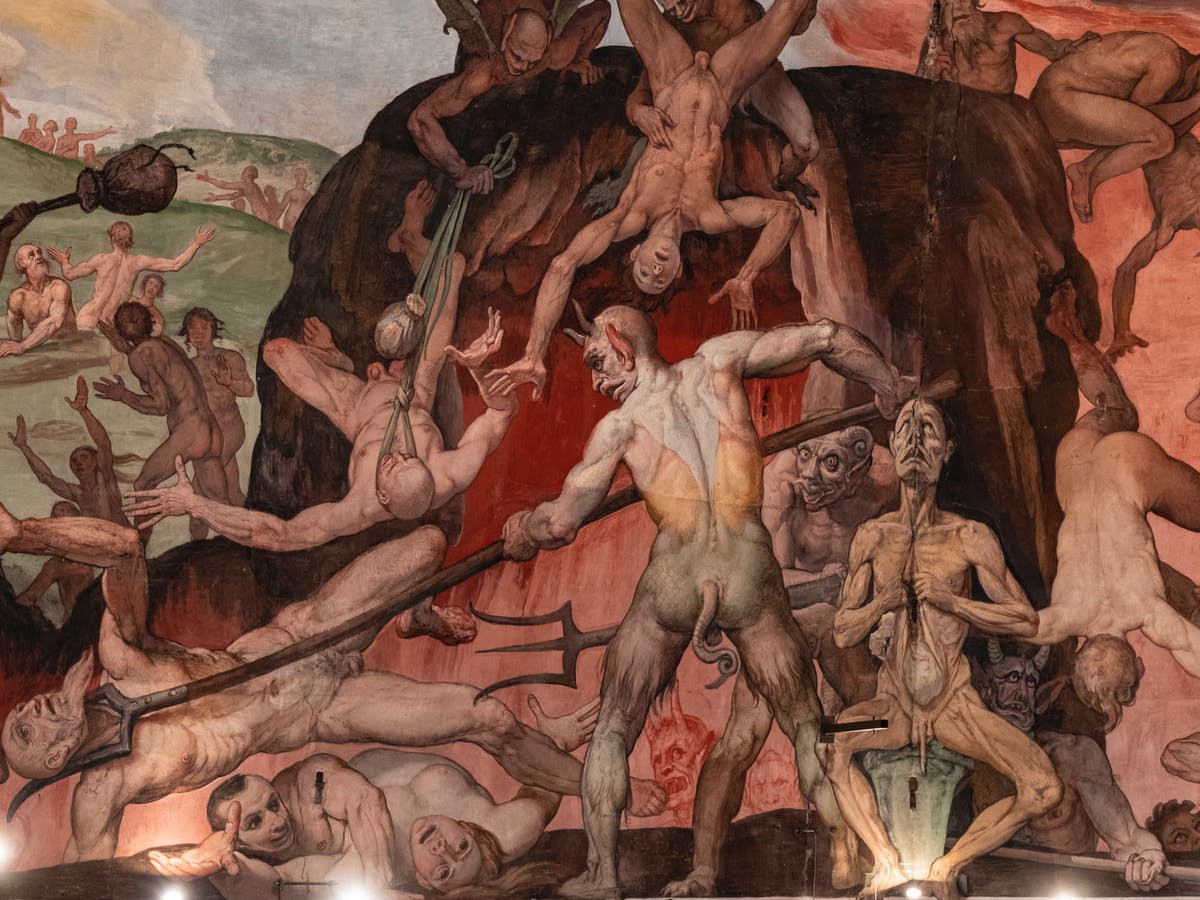
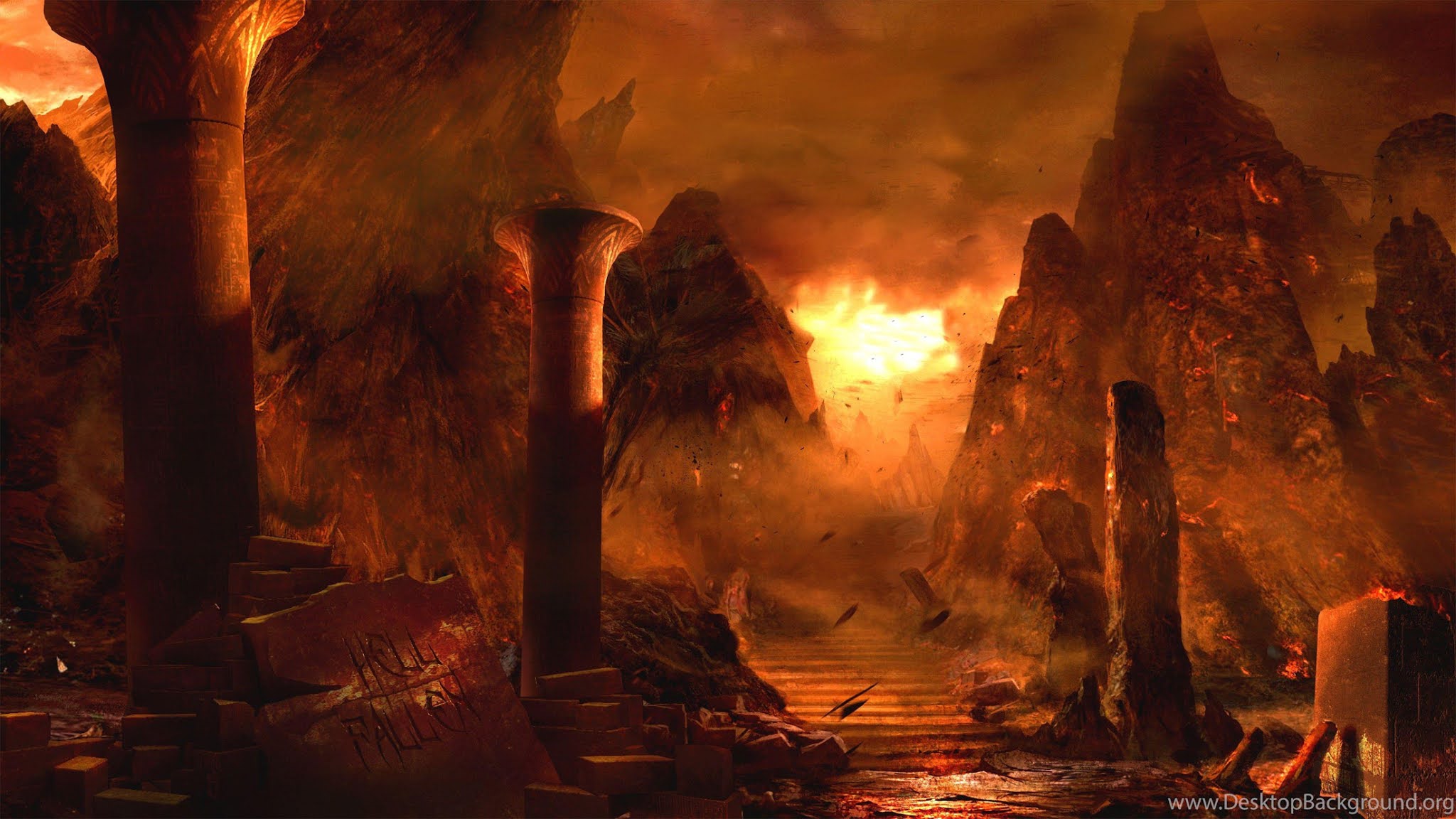

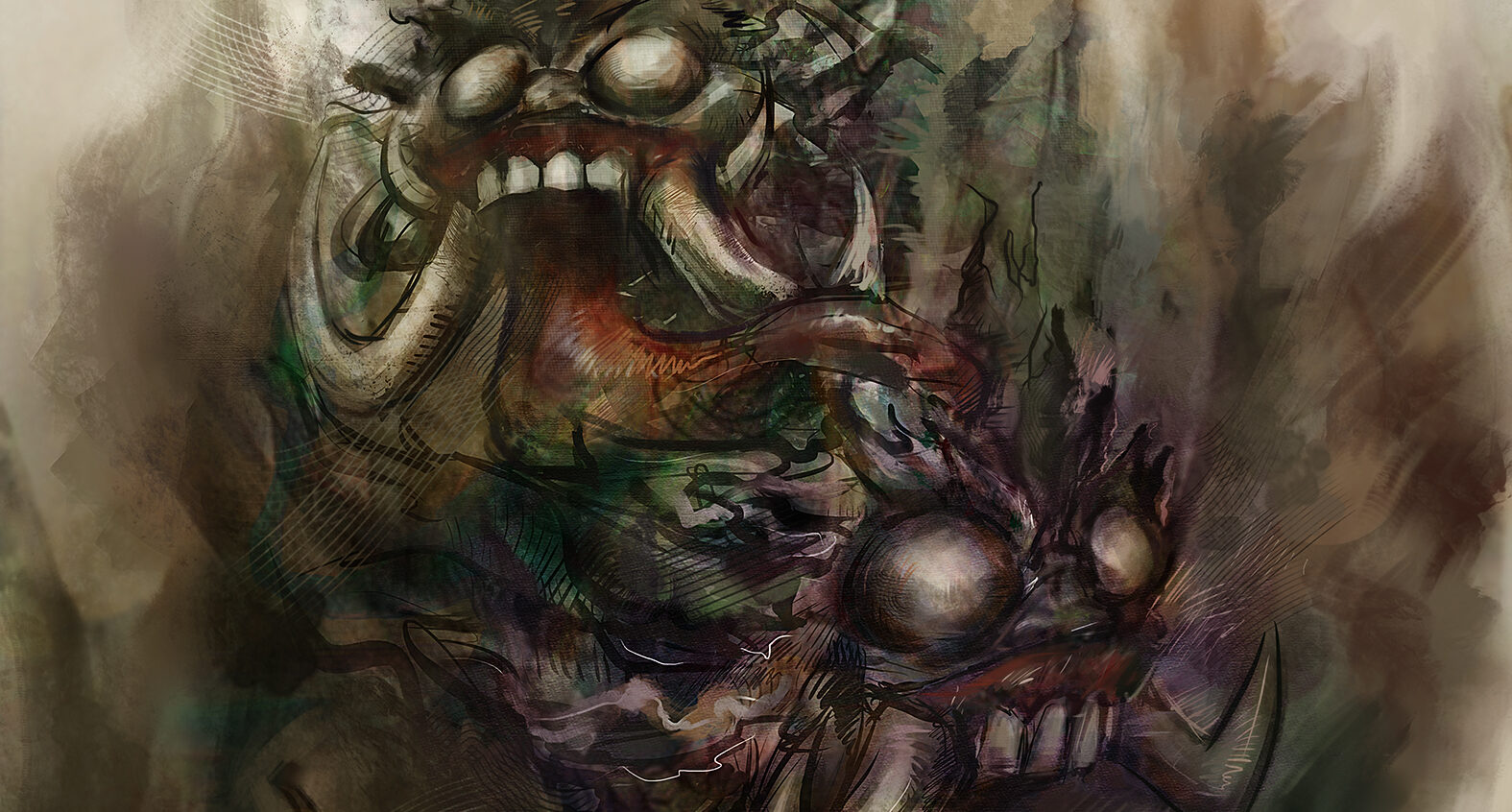
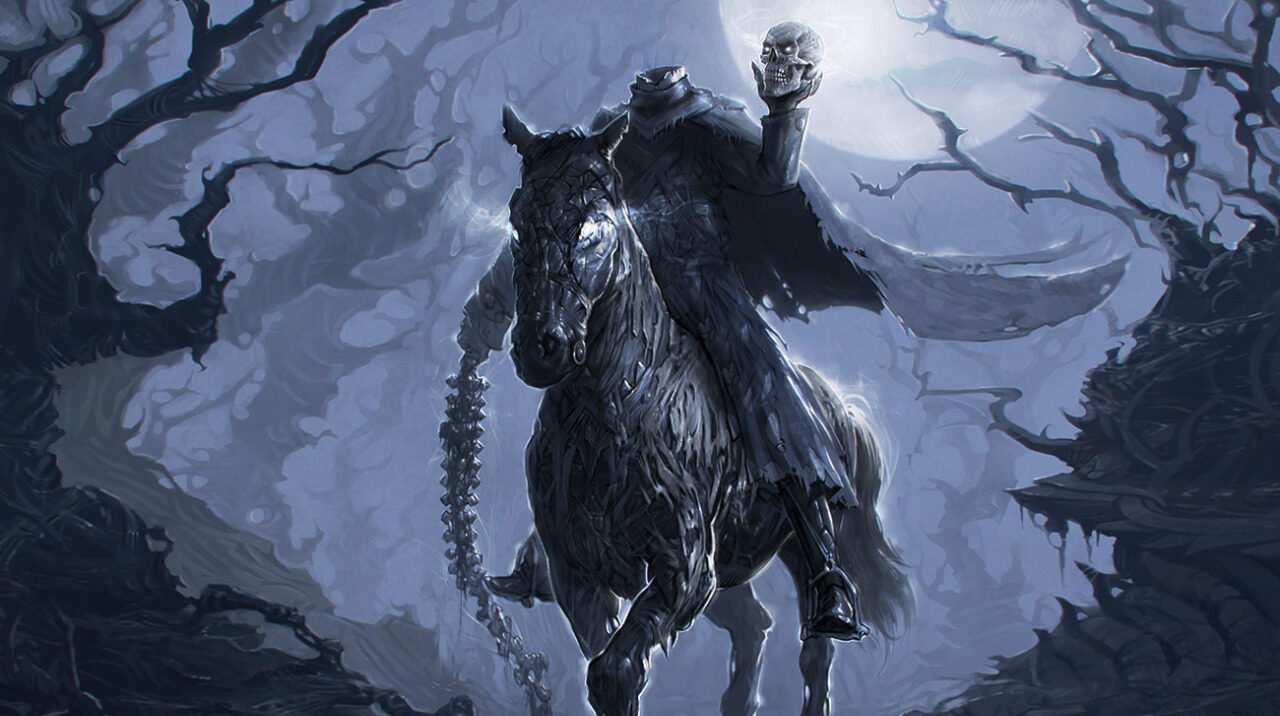
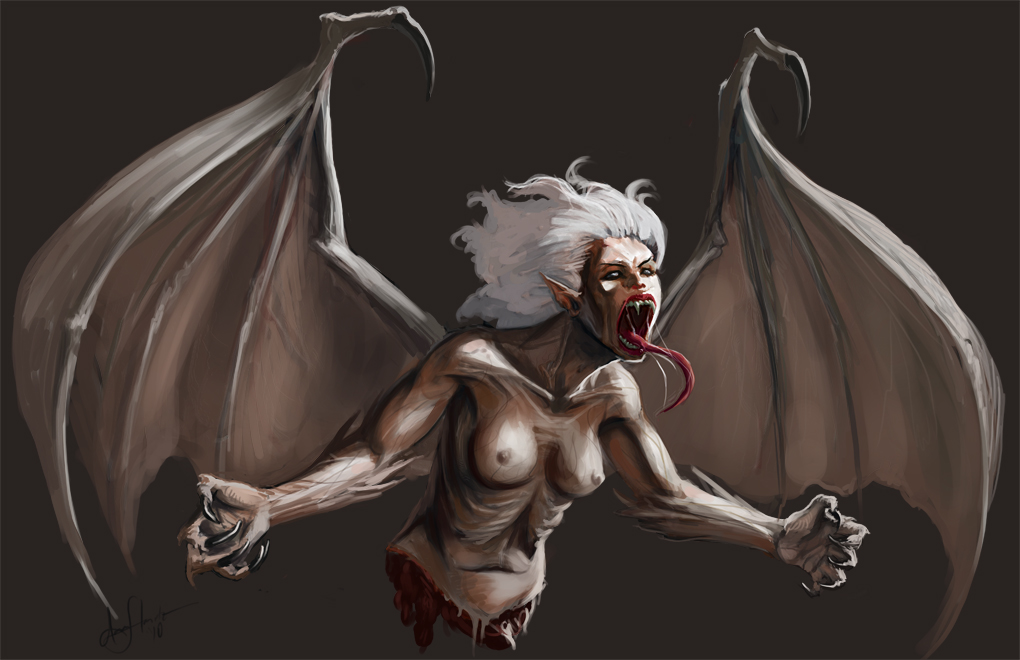
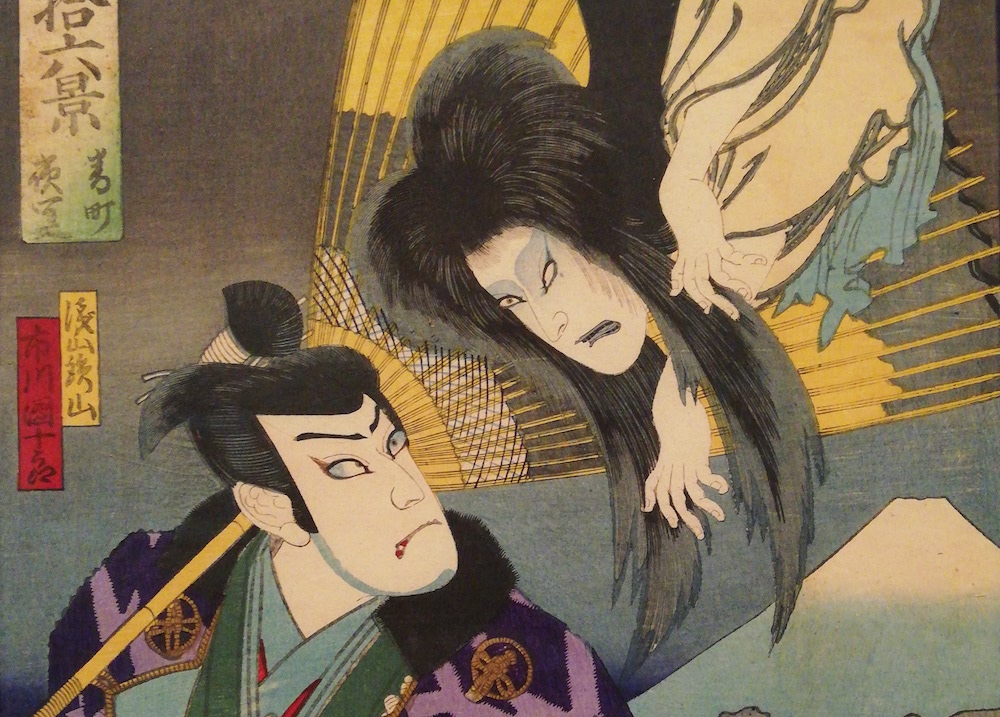
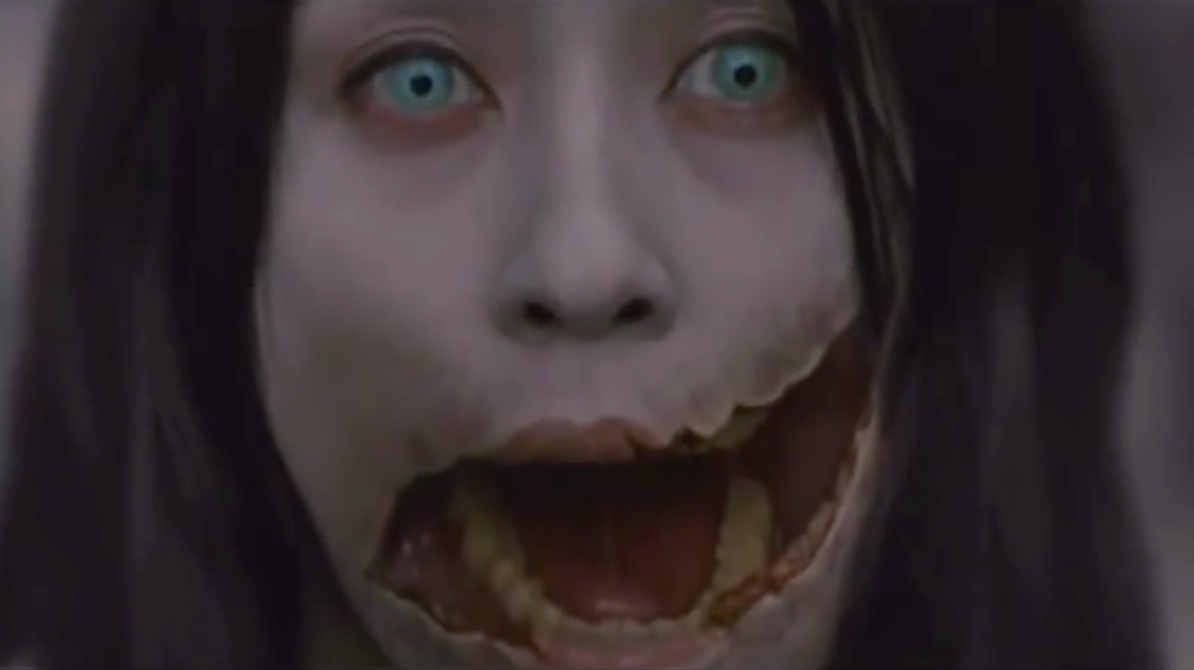
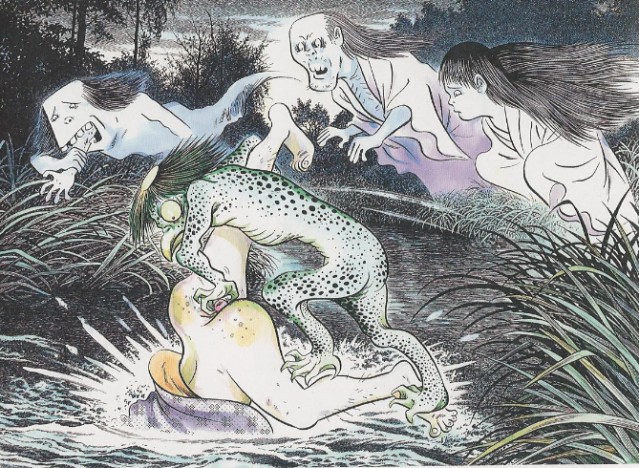
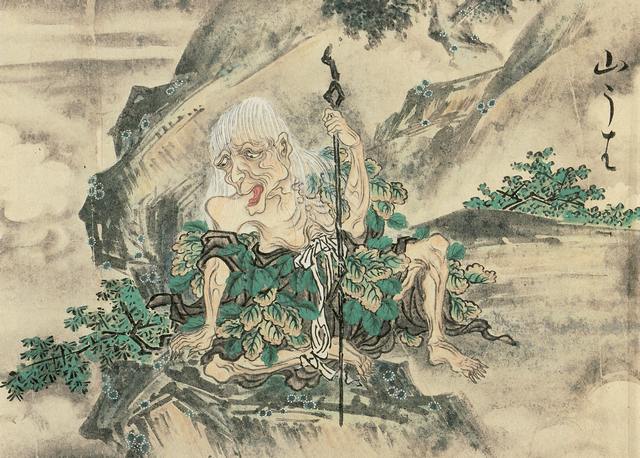
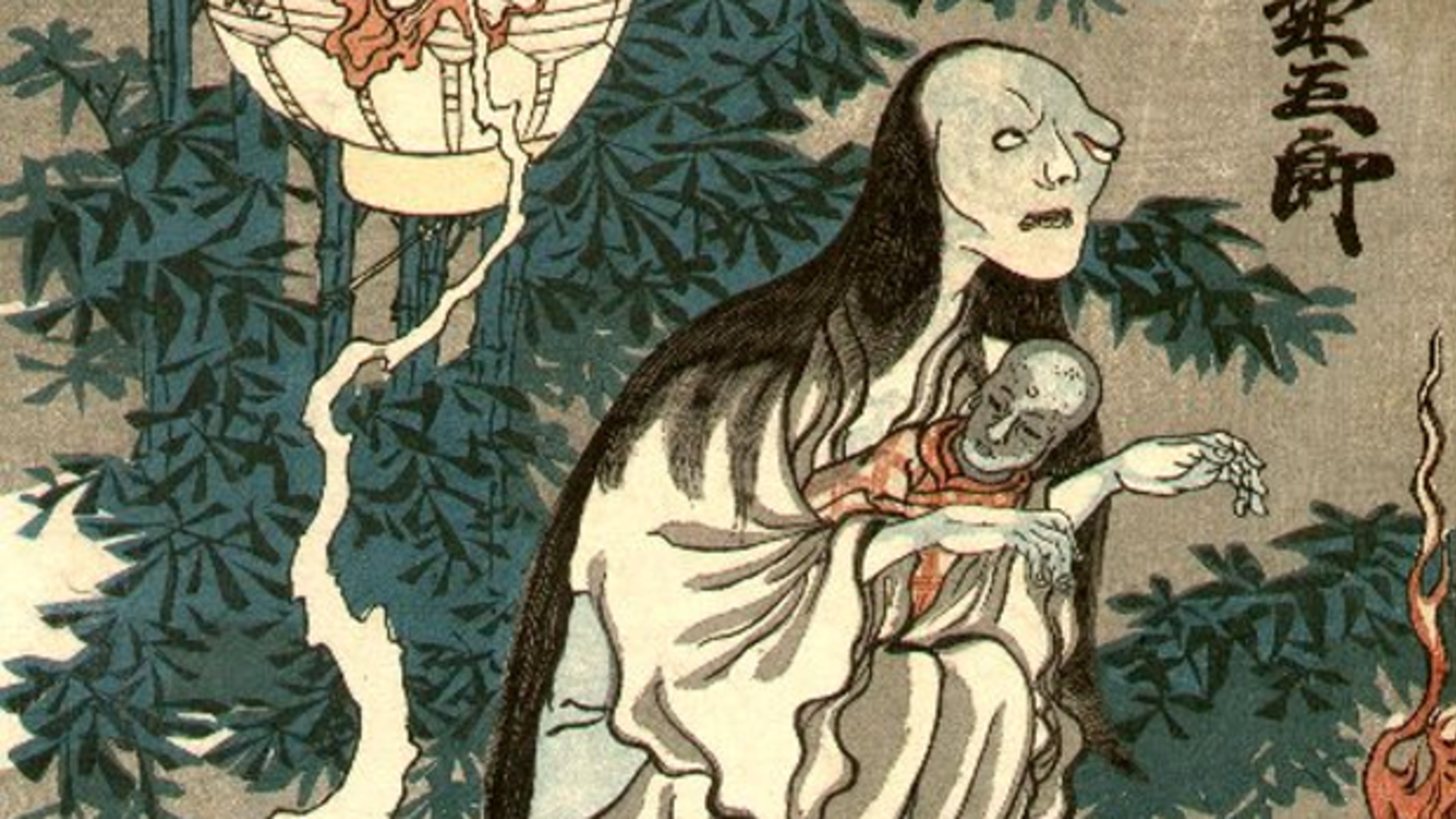
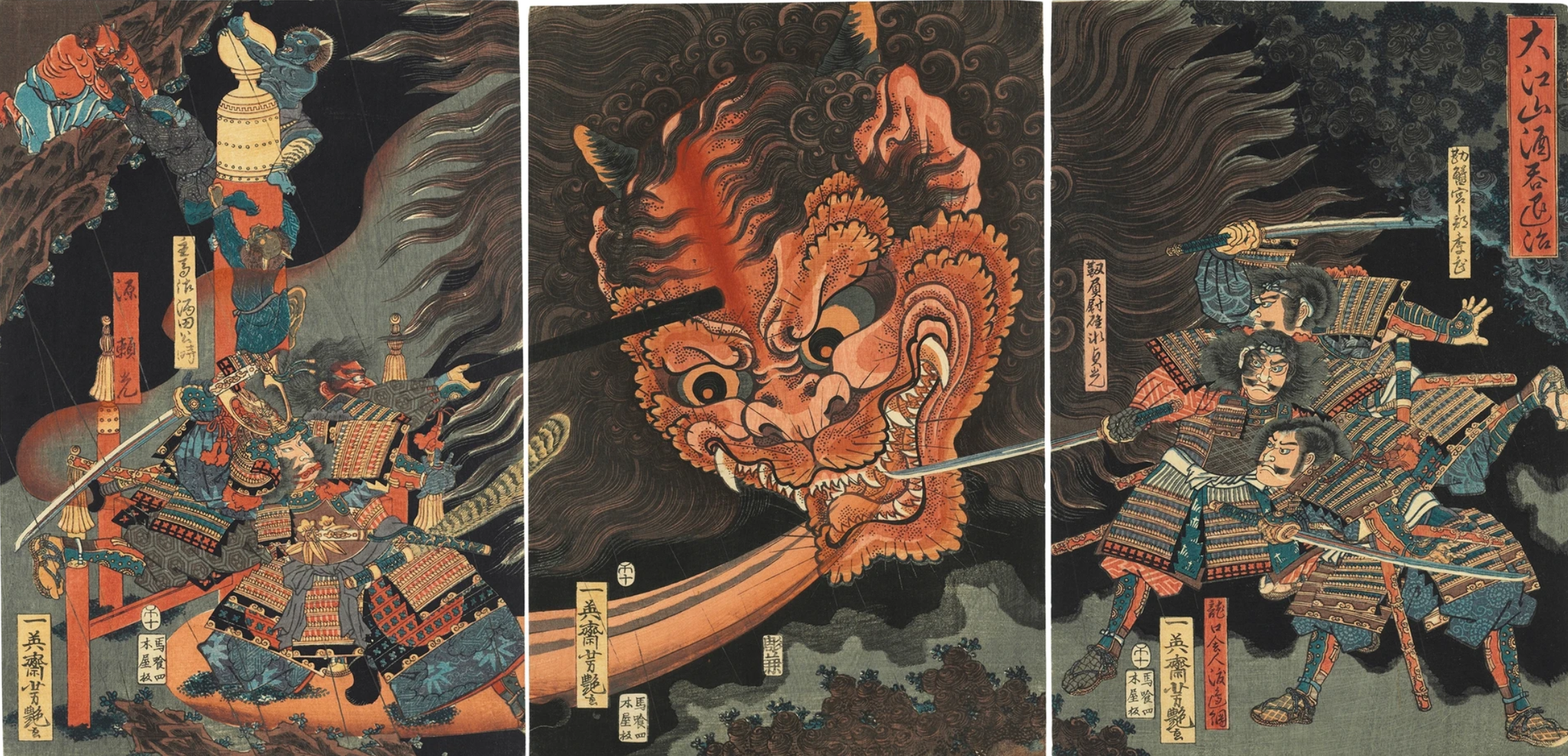
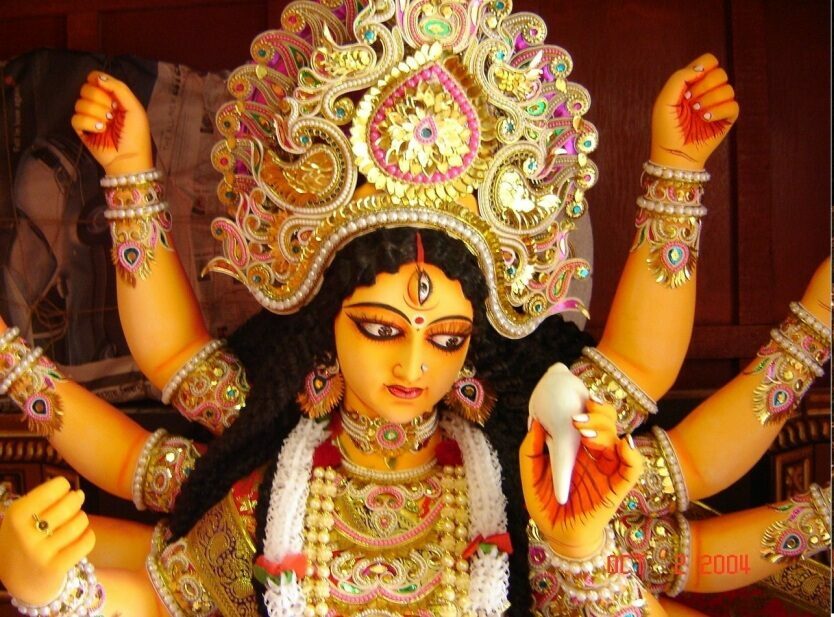
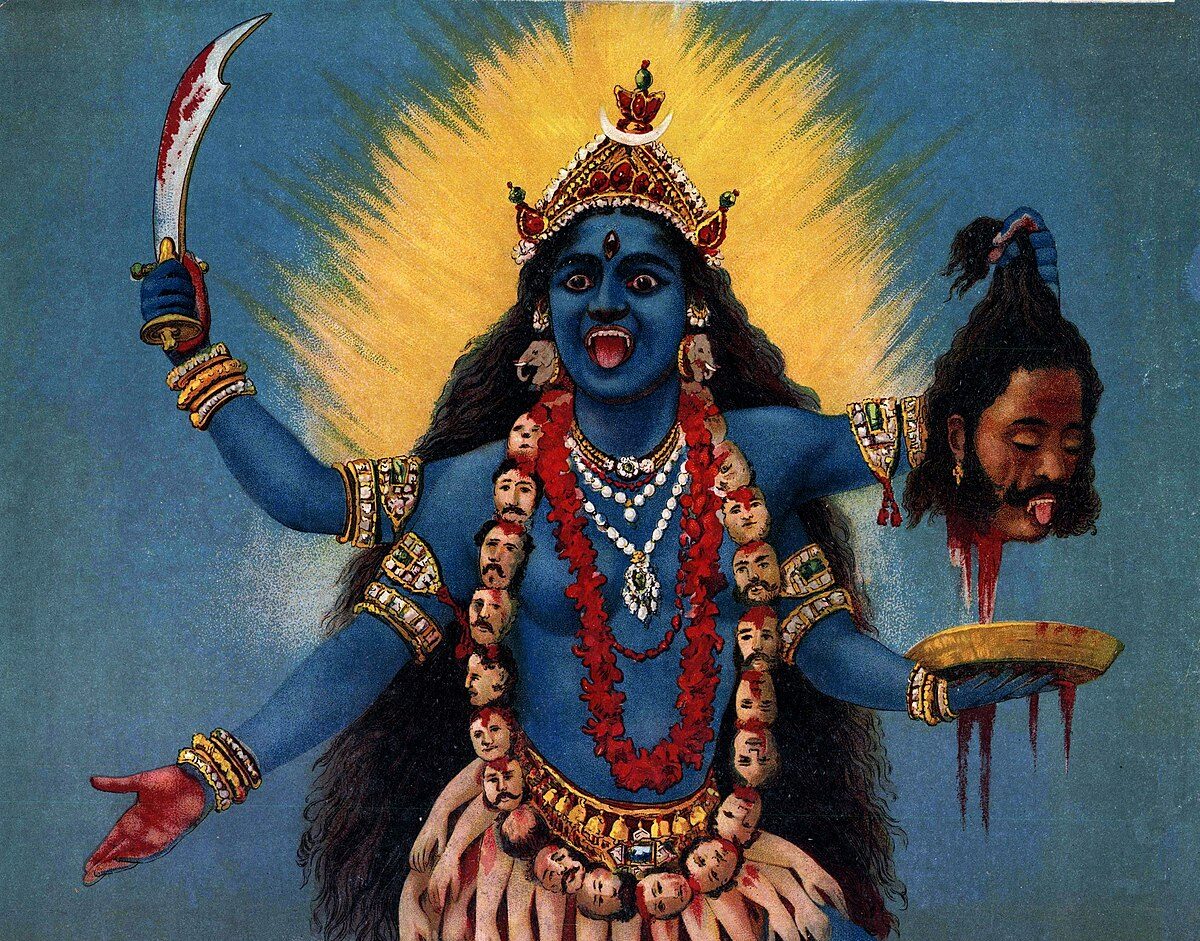
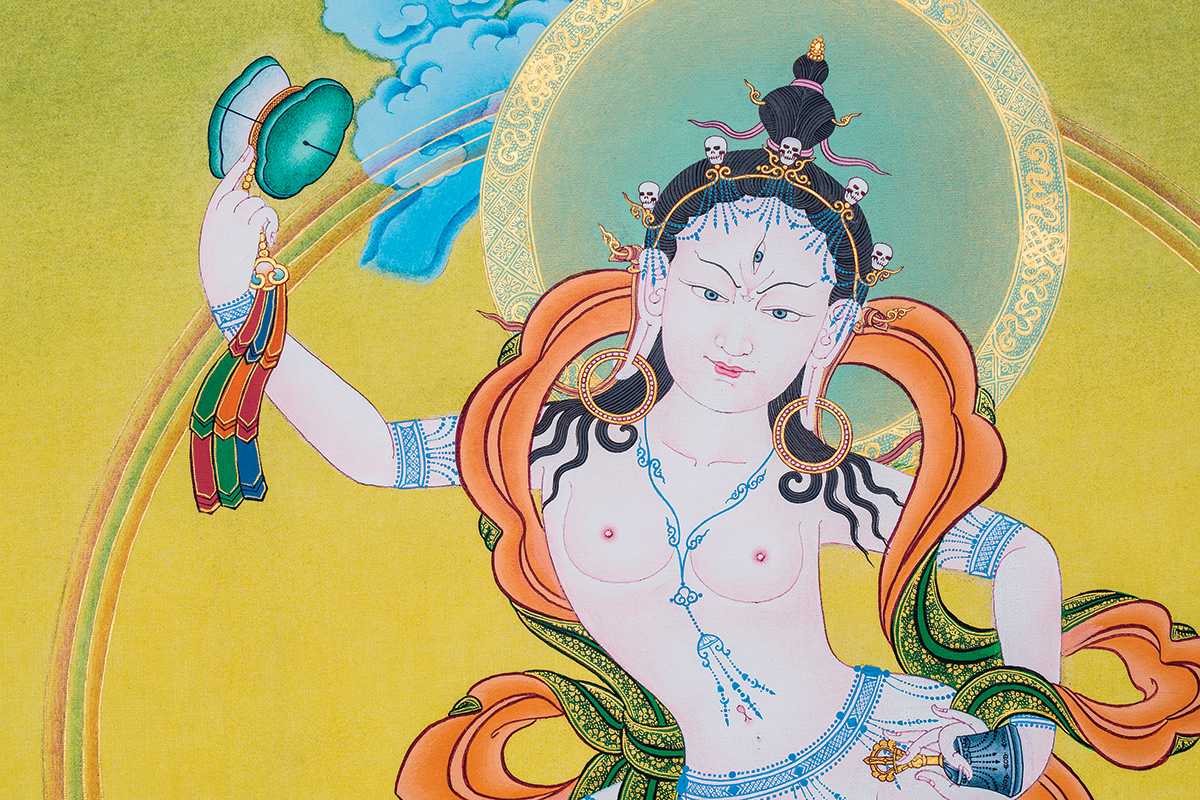
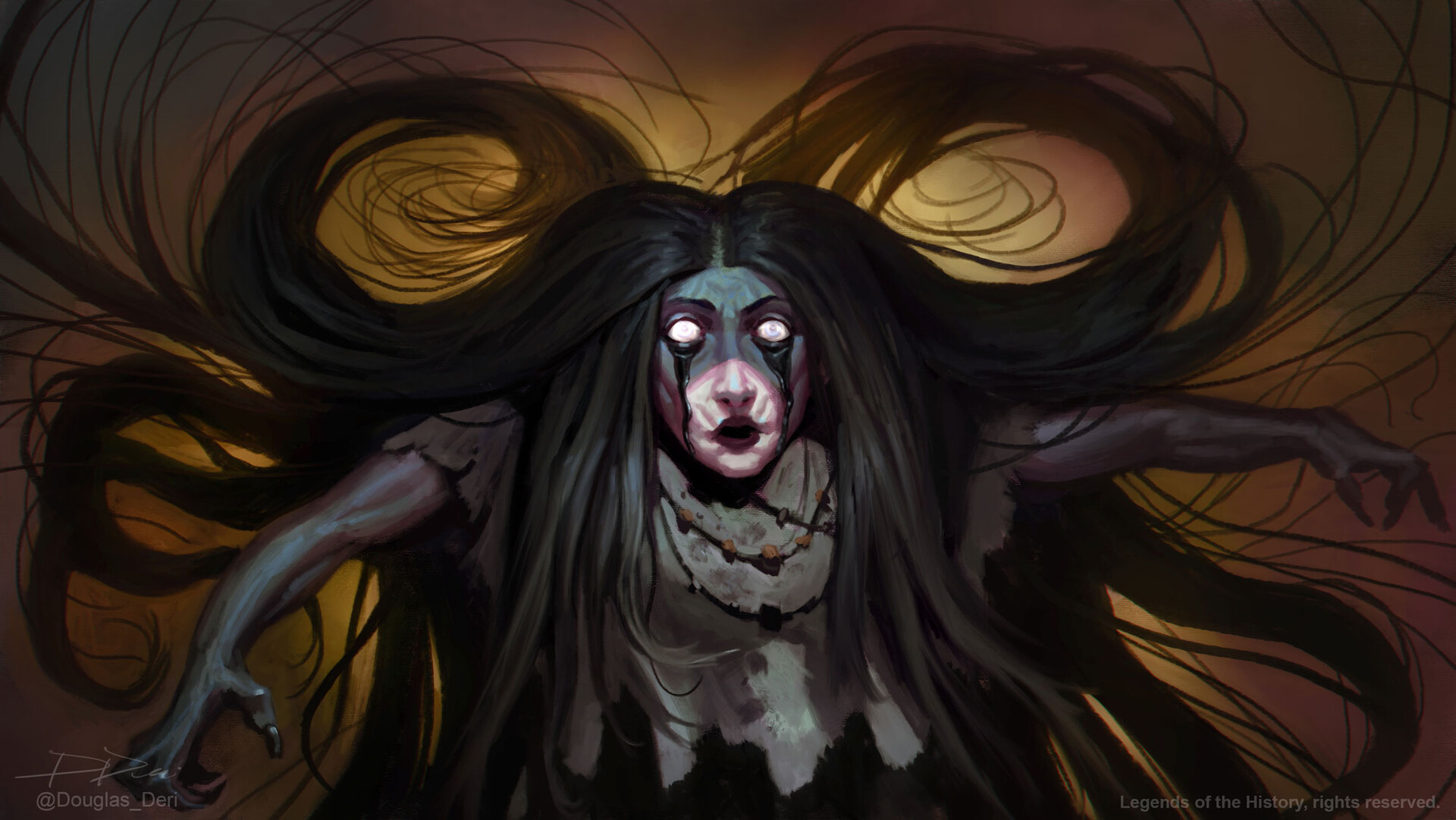
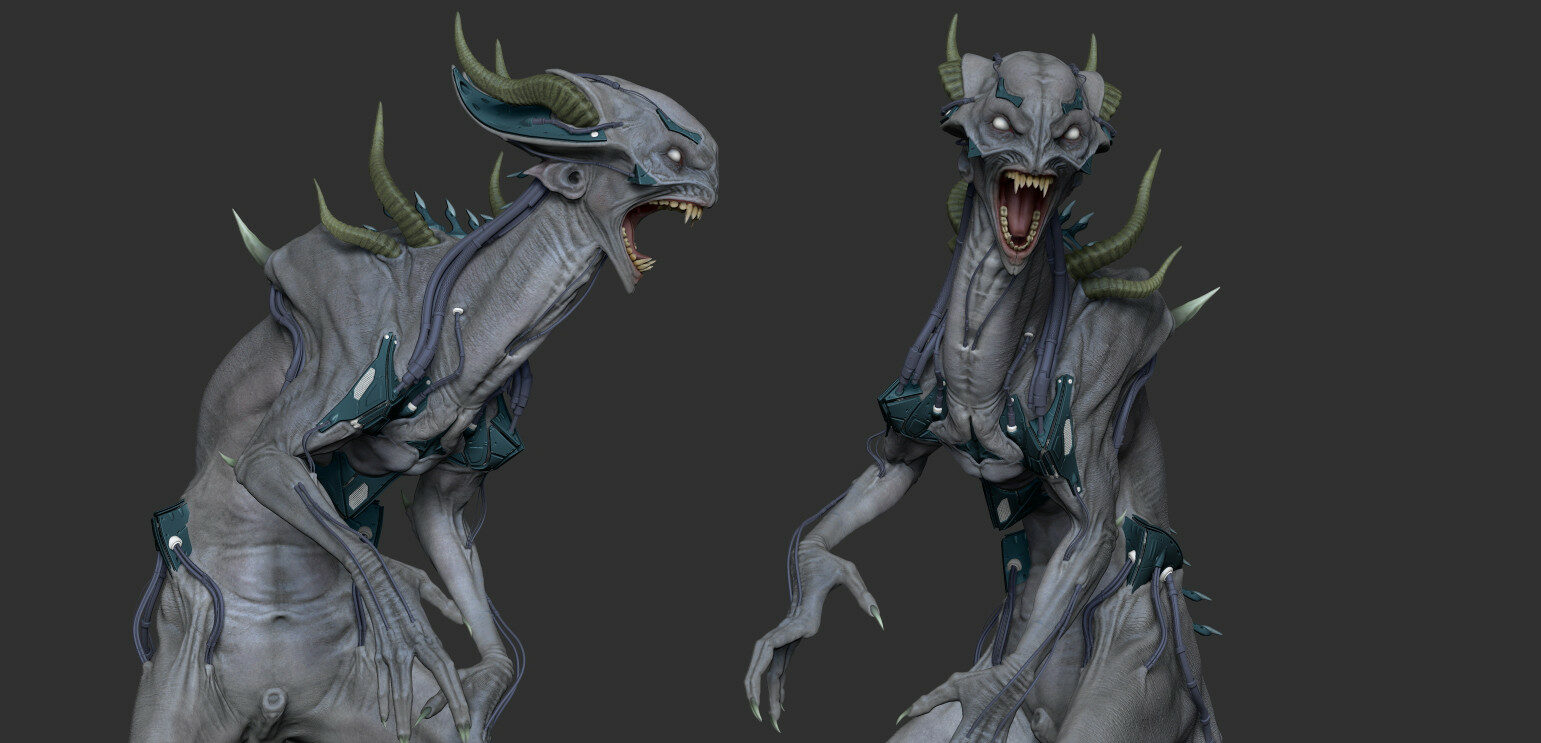
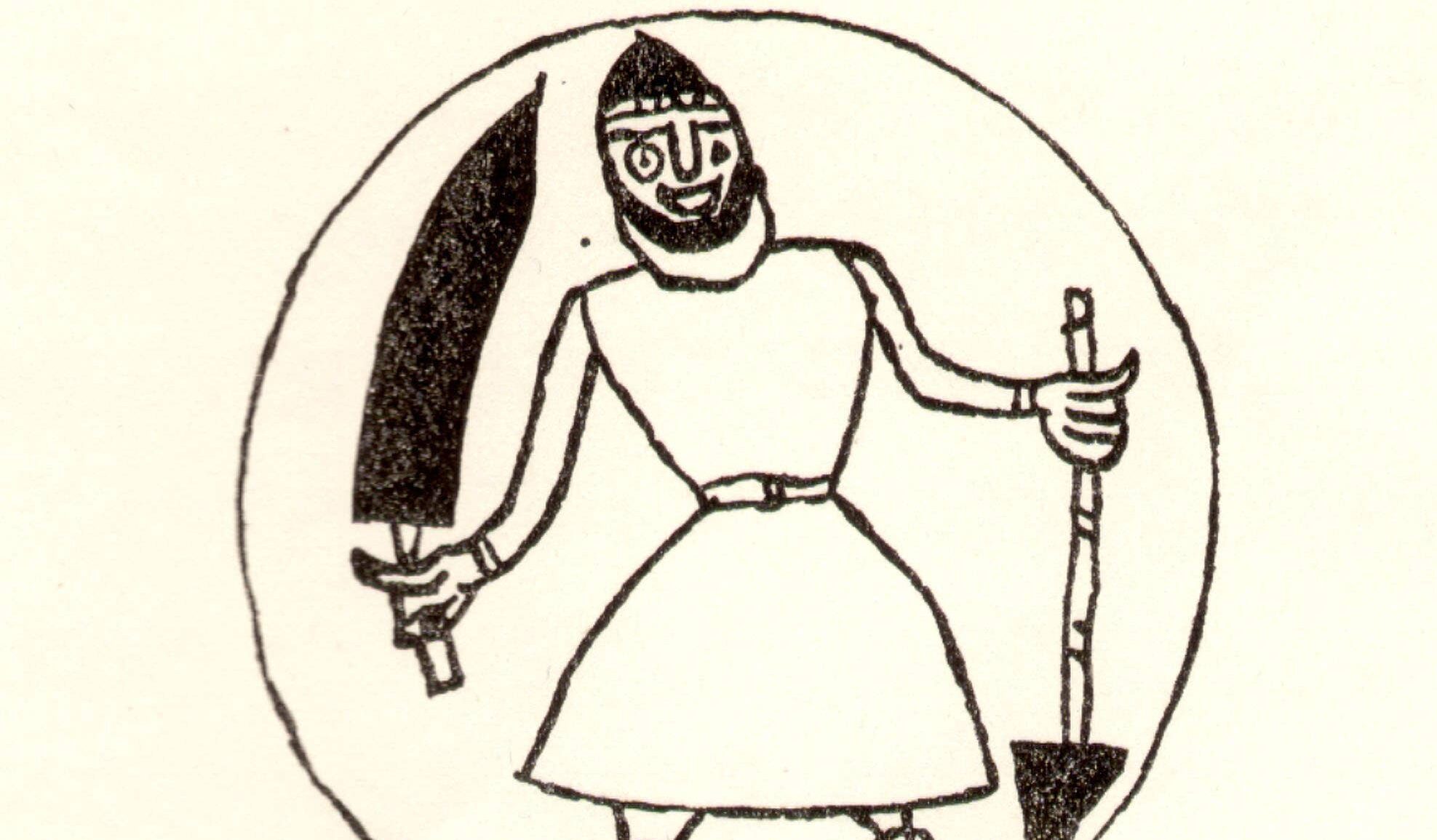
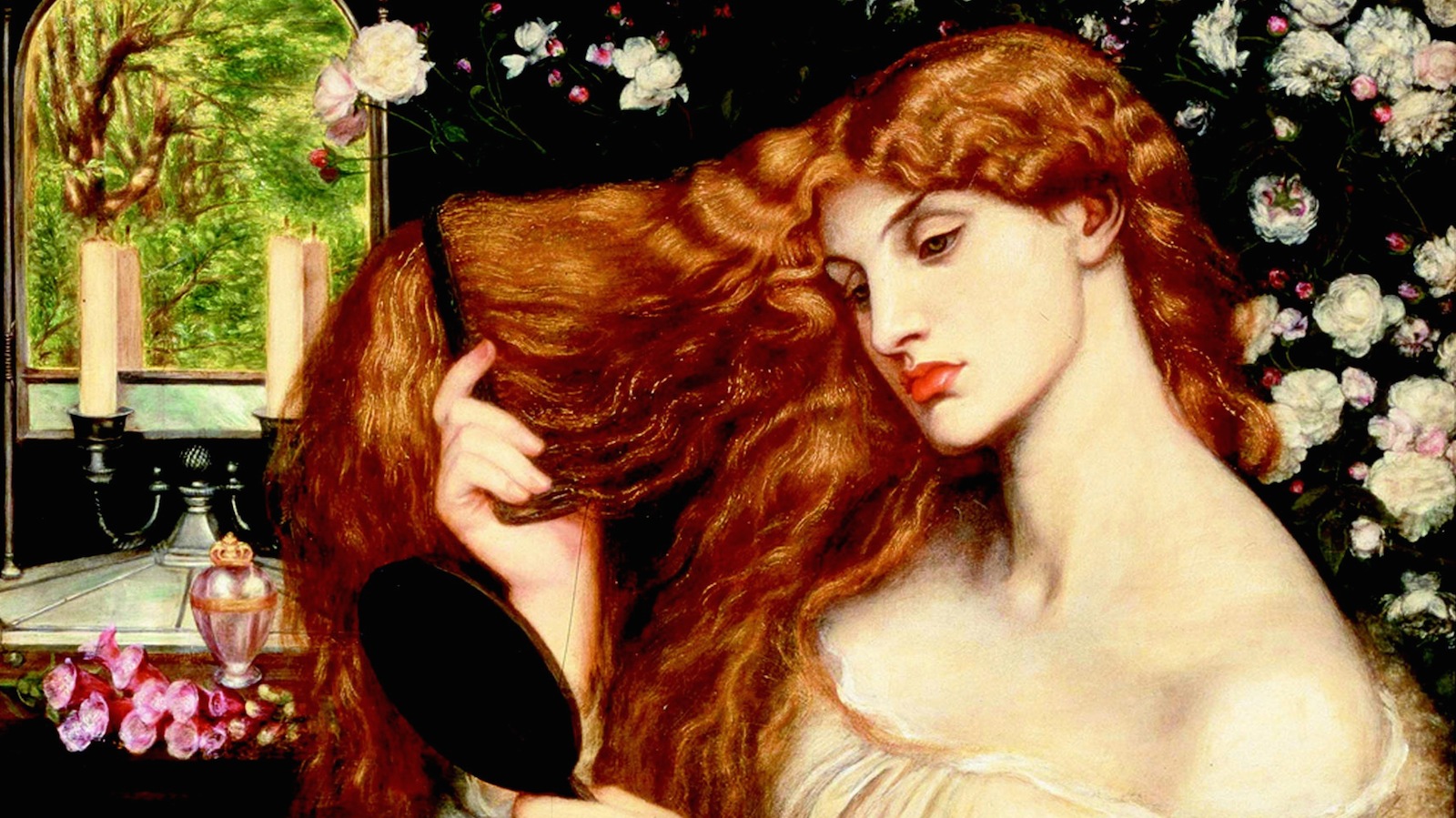
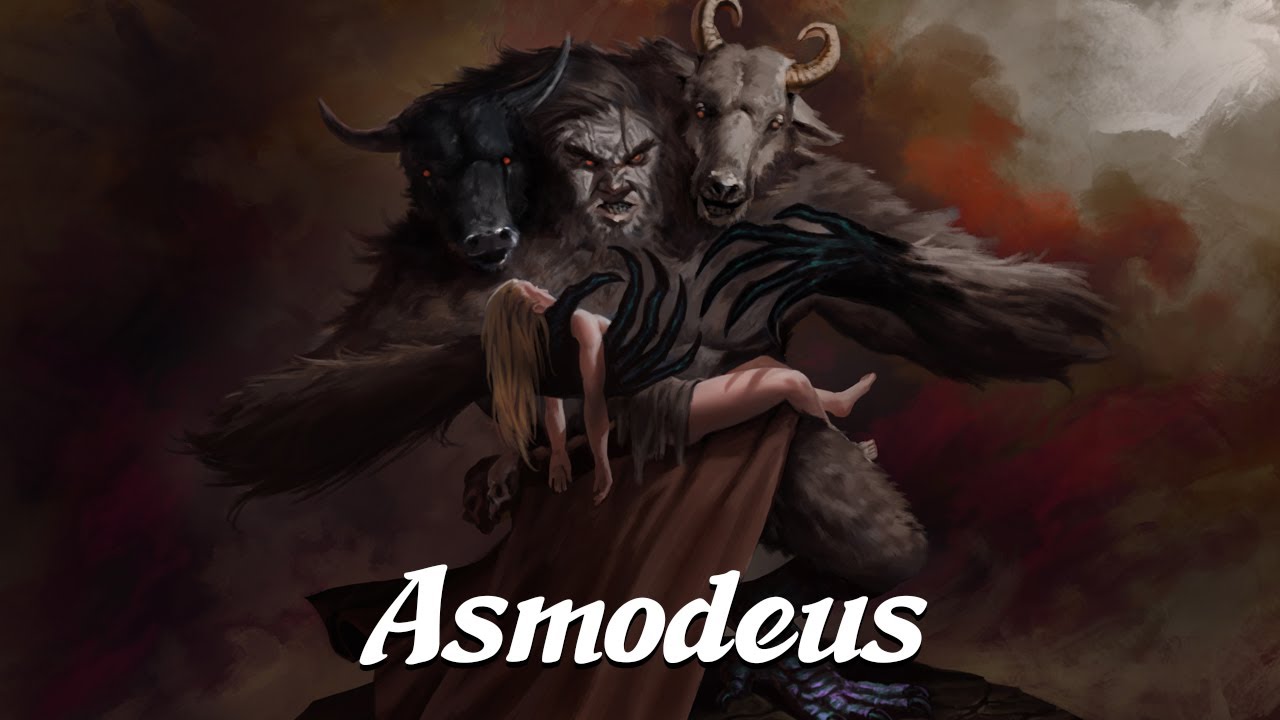
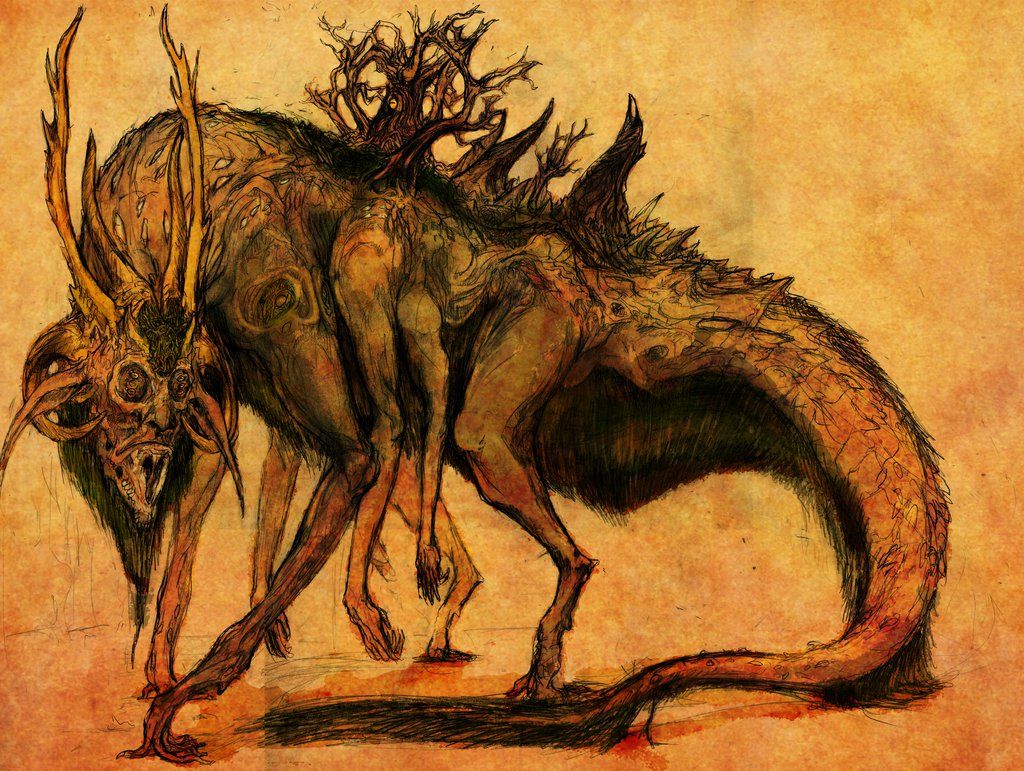
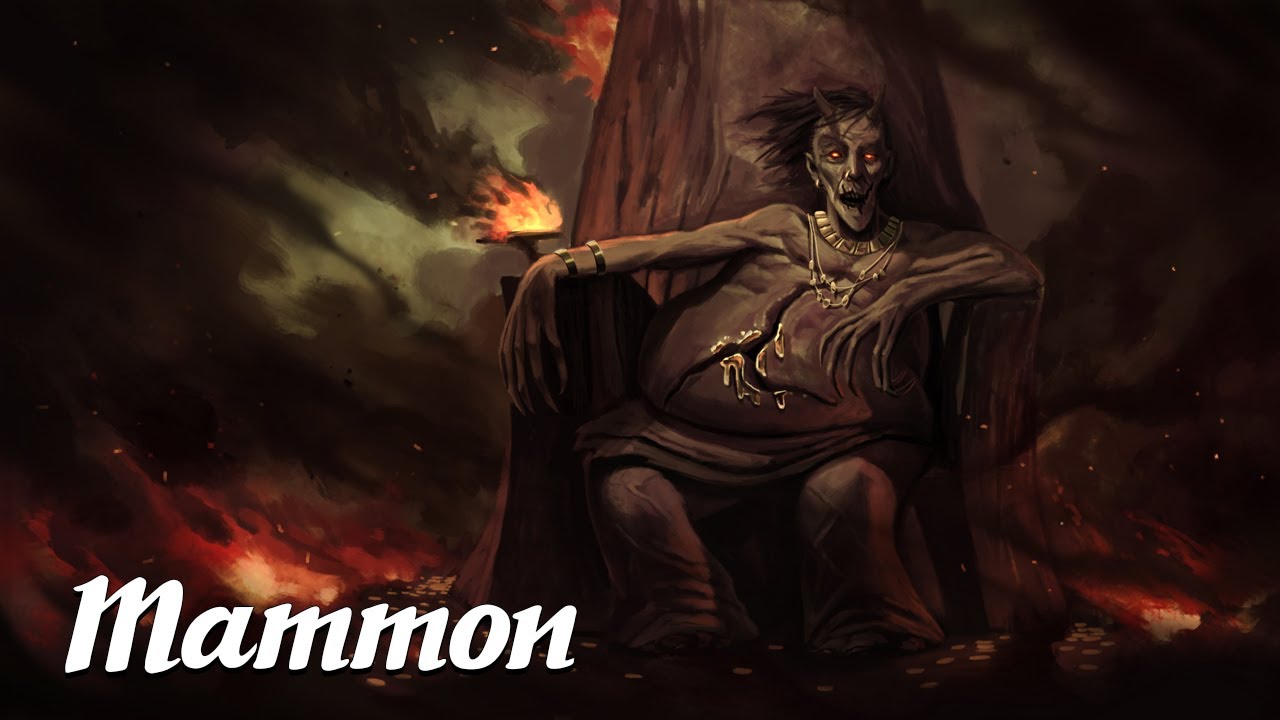
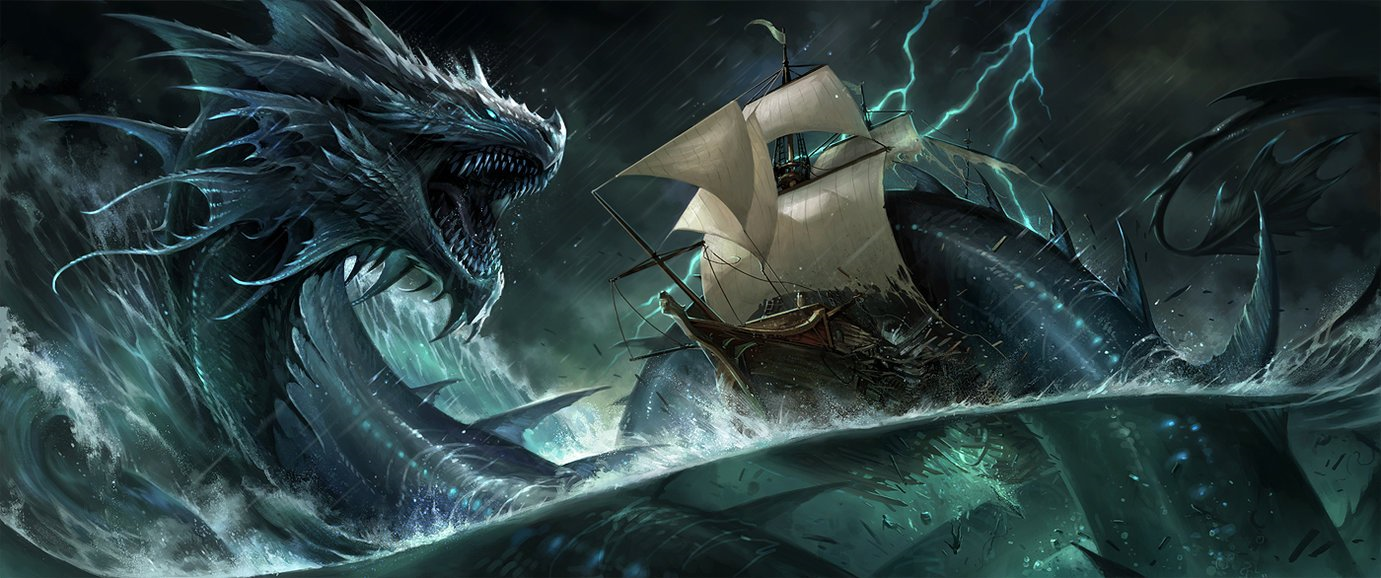
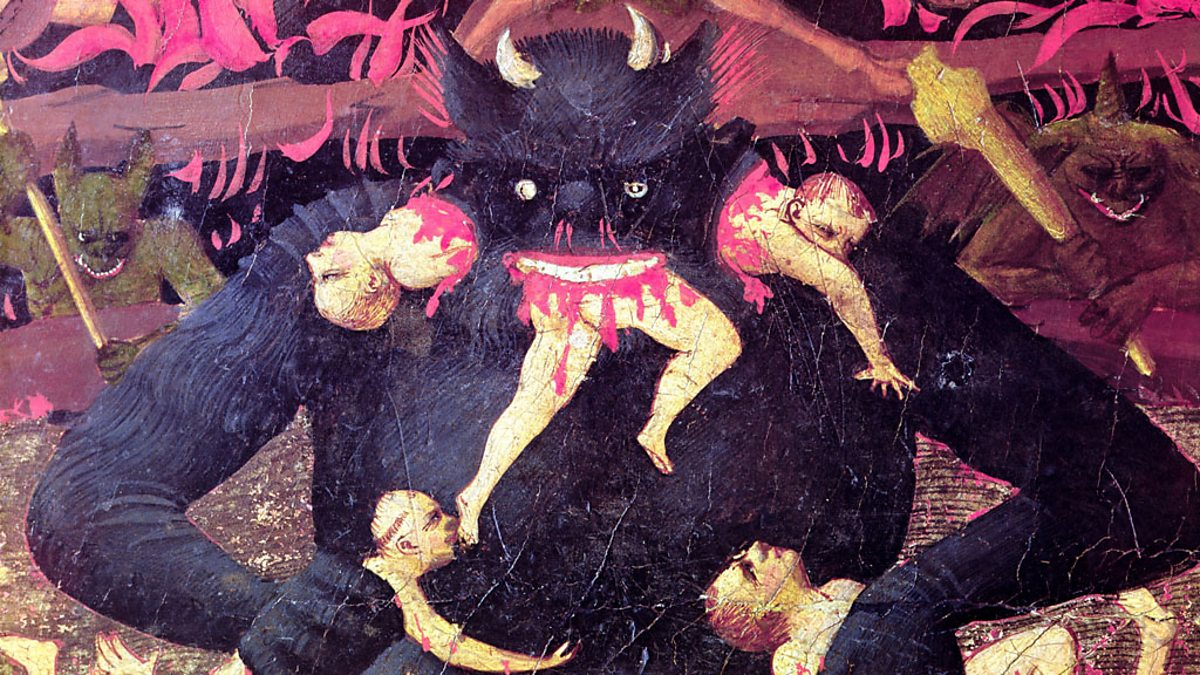
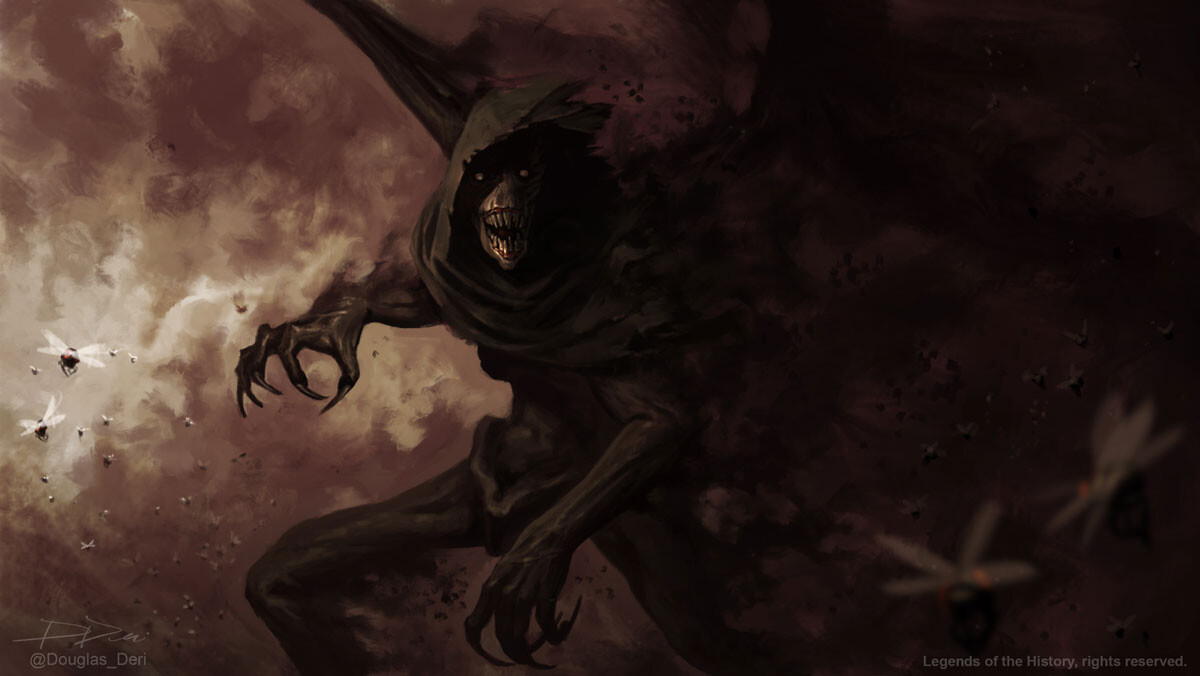

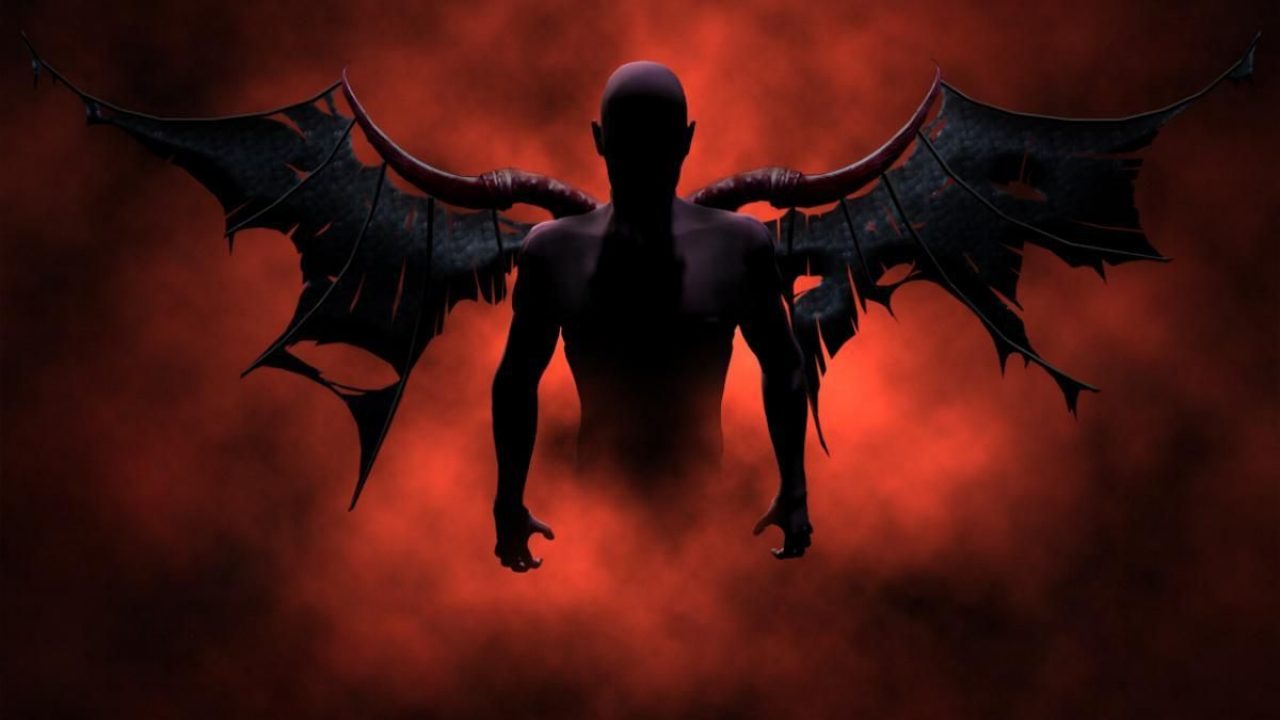
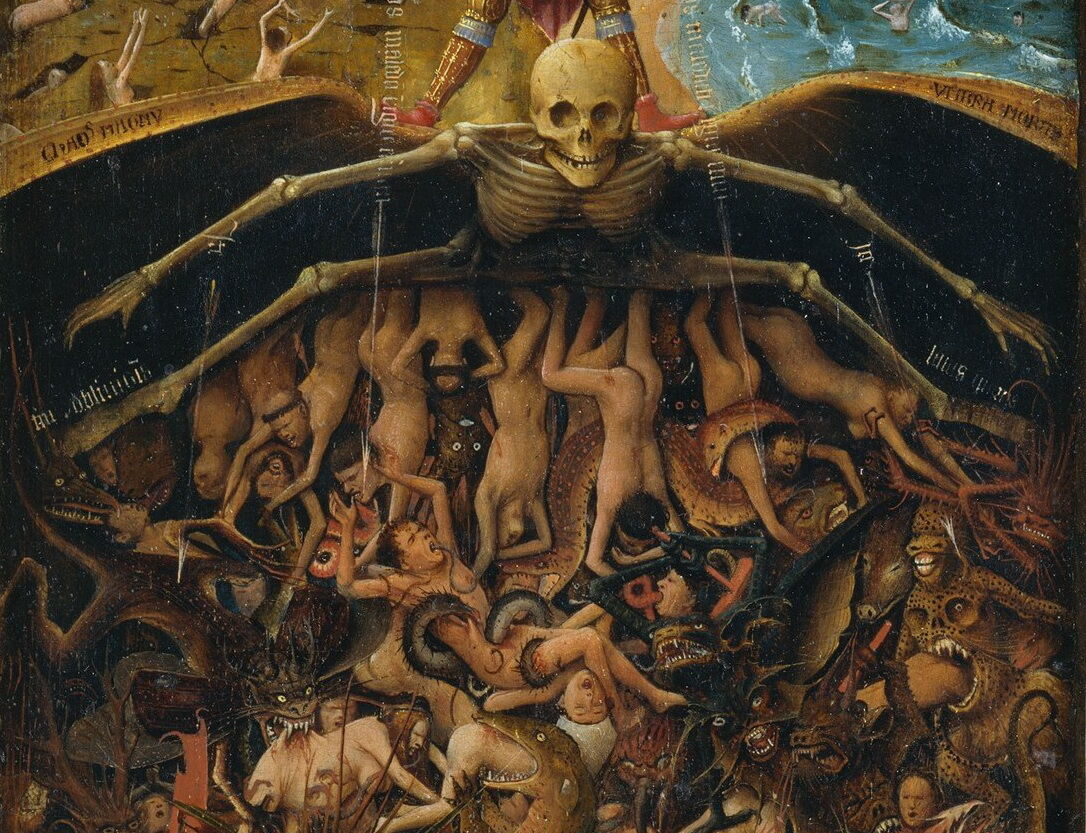





I really enjoyed reading that. Thanks.
I don’t really have a favourite, but it is true – whether you have religious beliefs or not, there is a piece for everyone to be intrigued in.
The LOVE of money is the root of all evil
Money is not evil
Correct!
Invoke the name of Jesus Christ! Say the Lord’s Prayer!
About Mammon. It is not money that is the root of all evil, but the lust for money and the subsequent power it brings.
My favorite fallen angel, Belial, should have been mentioned. He was the devil before Lucifer fell. Tasked with tempting people & punishing them with his Satans or “Destroying Angels.” His name mean worthlessness or in Anton Lavay’s satanic bible his name mean masterless & embodies the Earth.
Please help. I have an incubus succubus
The Maskims and their Sunil or symbol